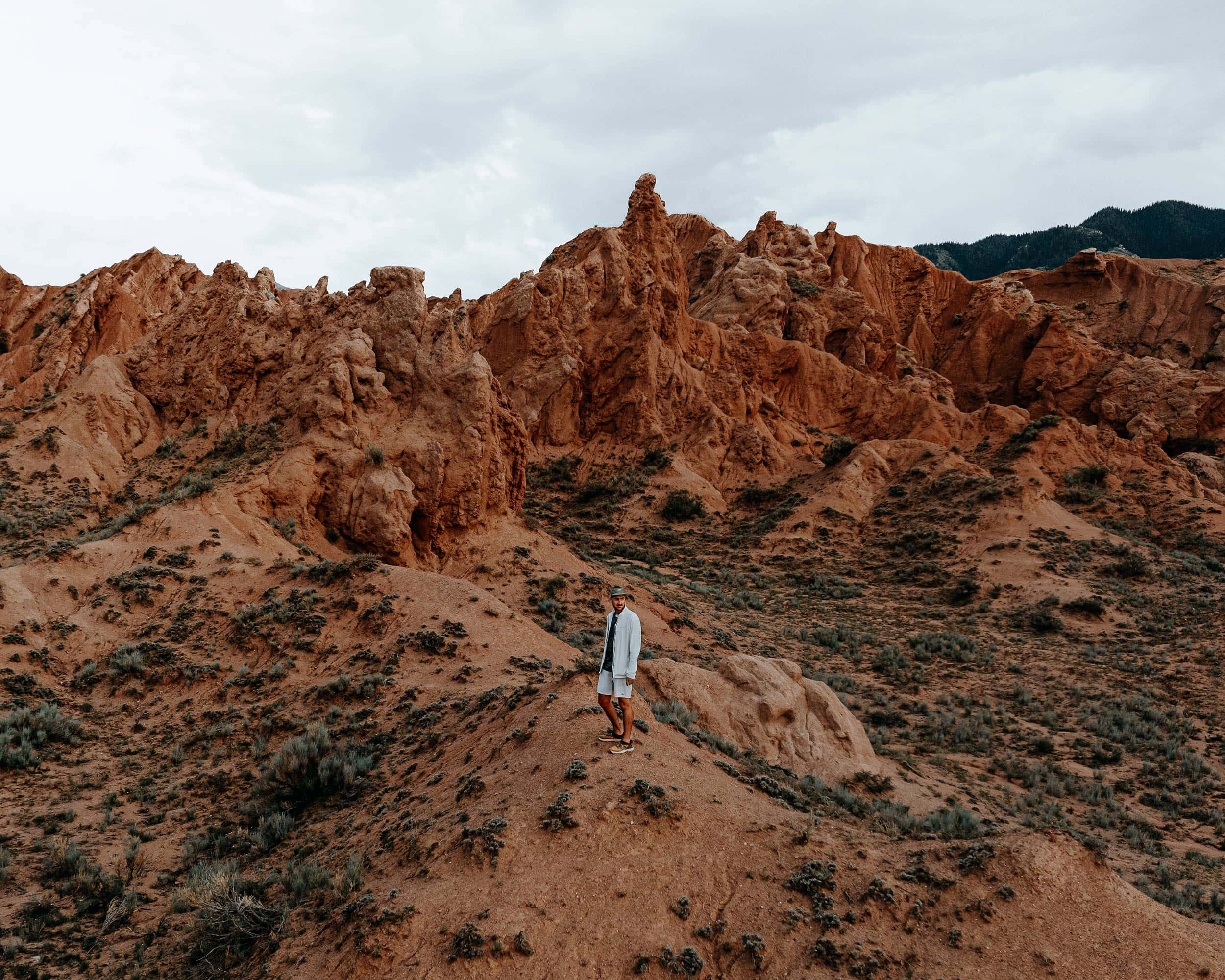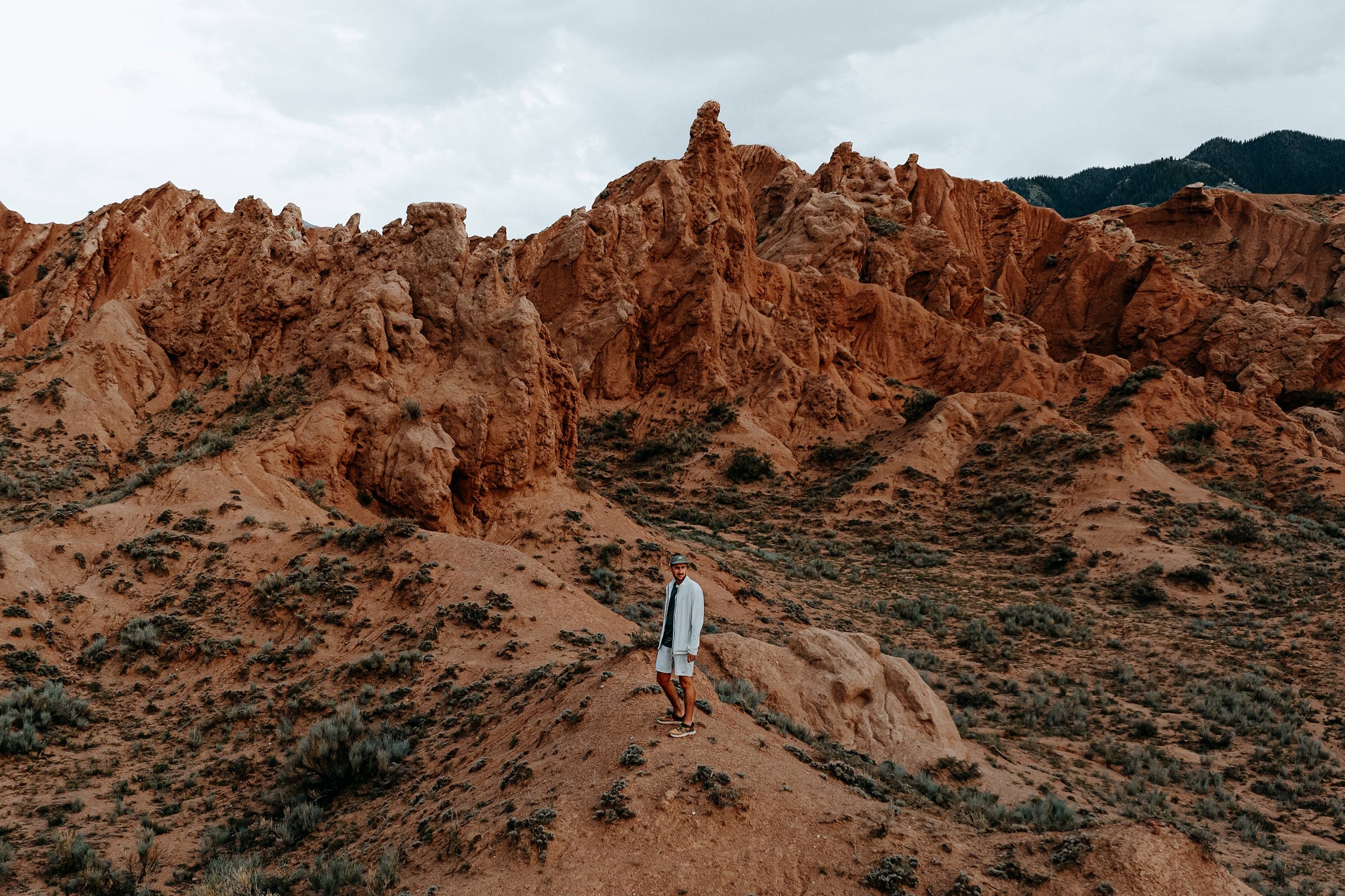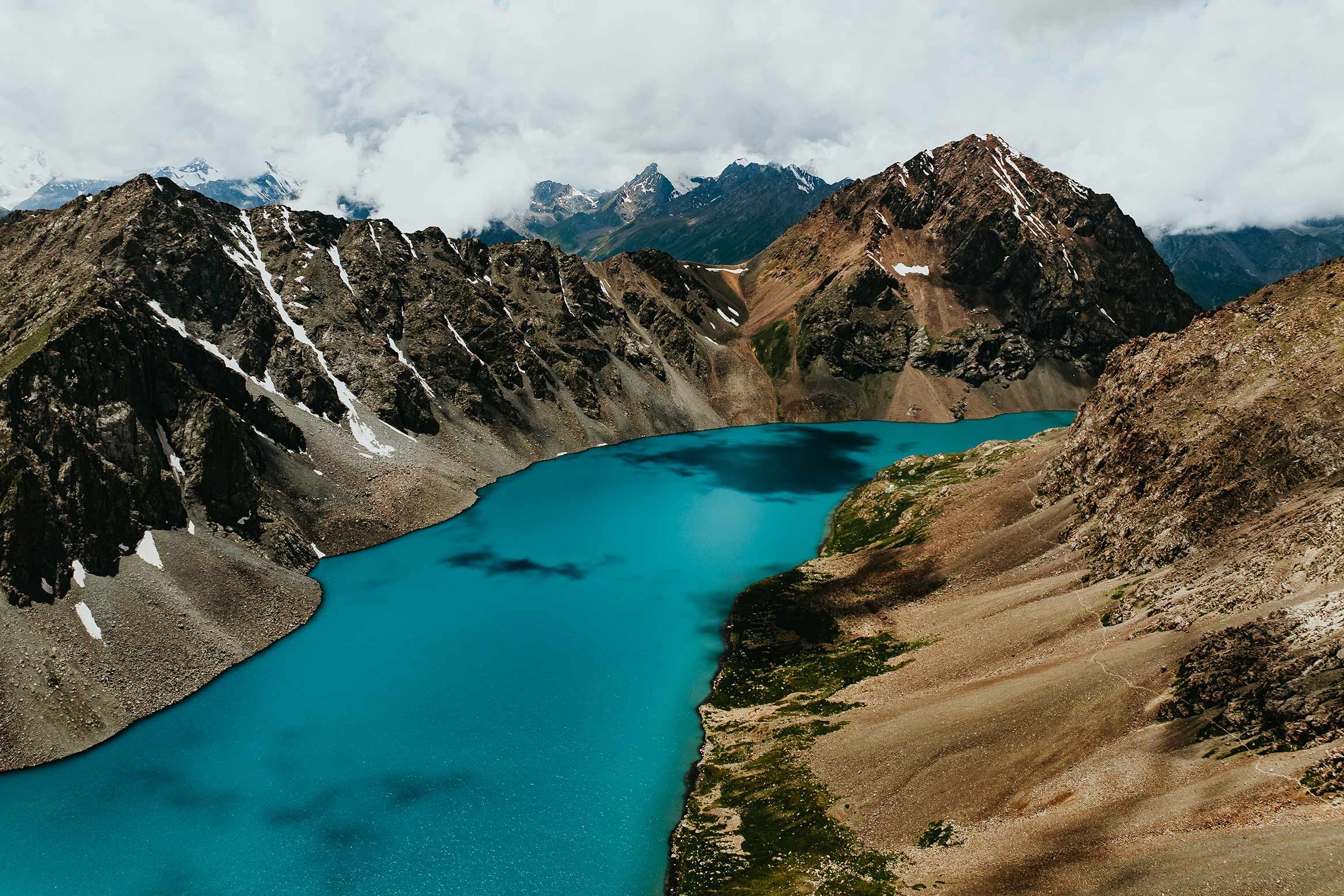A quick guide to the otherworldly Mars Canyon, Kyrgyzstan's untouched canyon
Often overlooked by the likes of Skazka Canyon and the Forgotten Rivers is Mars Canyon, a stunning set of valleys and canyons that resemble the characteristics of the landscape found on planet Mars in a truly remarkable manner, hence the name.
Formed by two of nature’s most powerful forces; water and wind, Mars Canyon is marked by the most rugged of landscapes, with heaps of crazy rock formations, eroded river valleys, and sharp, distinctive mountain ridges.
While still relatively nonexistent on the interwebs, Mars Canyon has been making waves on Instagram more and more over the last few years, largely thanks to the young, curious, and talented Kyrgyz creatives who are eager to explore lesser-known areas of their incredible country.
With a similar curiosity, I followed in their footsteps, knowing I would find a version of Kyrgyzstan that I would truly admire – rough, unspoiled, and stunningly beautiful in every sense of the word.
And long-time readers of Where the Souls Wander may remember how much I love exploring off-the-beaten path places such as the ones described above, but if it’s your first time on here, you will be in for a treat and quickly come to realize why.
Here’s my guide to Mars Canyon in Kyrgyzstan, including my personal take on how to visit, where to stay, when to visit, and how to get there, as well as a few first-hand tips that will help you make the most out of your time here.
If you choose to use any of the links on this page, I may receive a small commission at no extra cost to you. By using these links, you’ll have a direct impact on WTSW and my ability to continue to create free insightful travel content for you. If you find any of my tips useful, you can support me by buying a virtual coffee here.
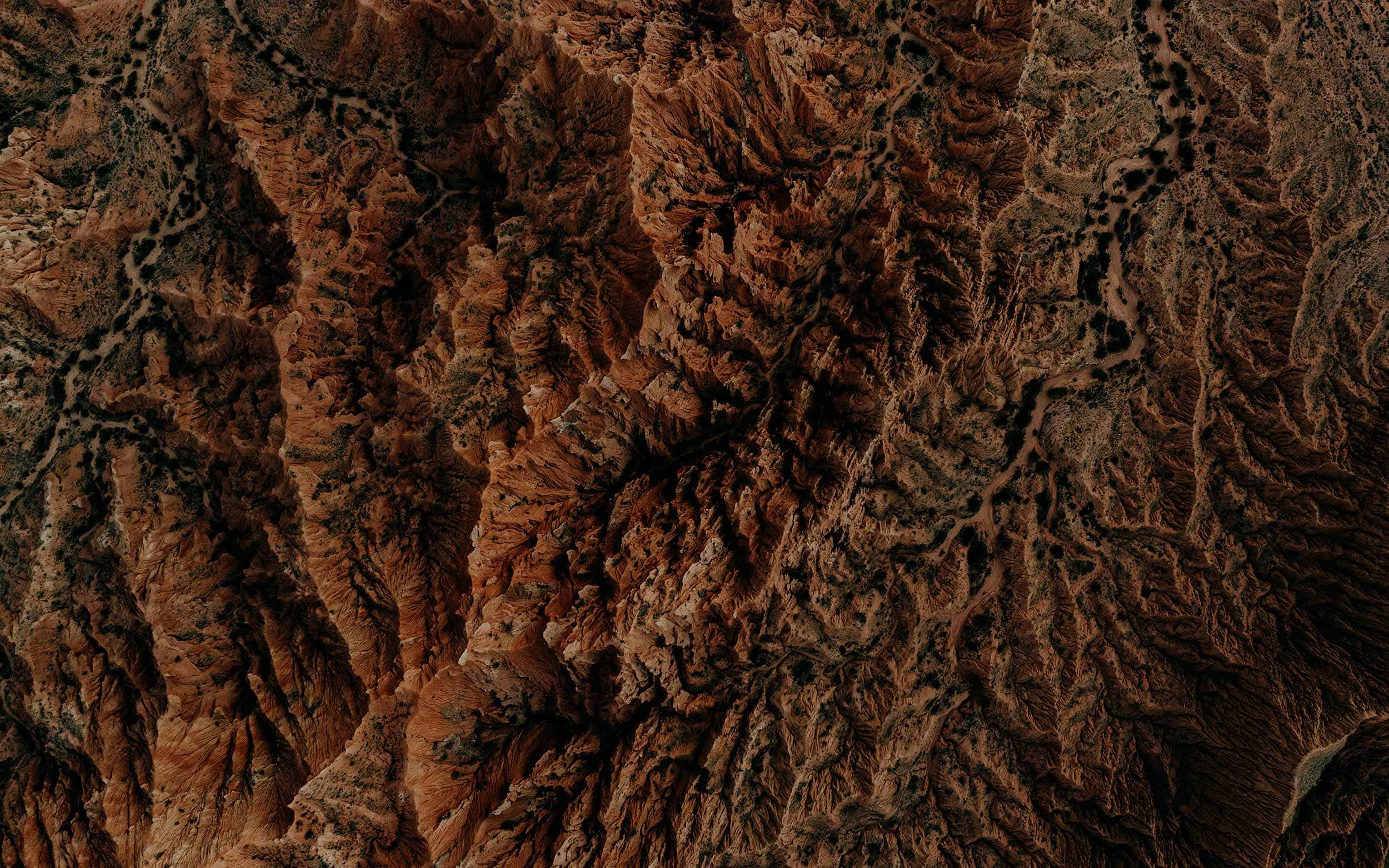
Where is Mars Canyon
While images of the otherworldly landscape tend to make it look as if it requires some serious space travel to get here, Mars Canyon is, luckily, more conveniently located in the Issyk-Kul region of Kyrgyzstan, about a 2-hour drive from the popular city of Karakol.
Perched between the iconic Issyk Kul Lake and the Terksey Alatau mountain range, this stunning canyon area is criminally underrated, and should always be part of the conversation when planning an adventurous Kyrgyzstan itinerary.
Mars Canyon Entrance Fee
At the moment of writing – September 2024, Mars Canyon is still relatively unexplored, and surprisingly so, many locals aren’t even aware of its existence.
As a result, there’s no official entrance point to Mars Canyon, meaning the area is merely a stretch of rugged nature, free to visit by anyone who feels inclined to do so.
However, given the substantial increase in visibility of Mars Canyon on Instagram, this will likely change sooner rather than later.
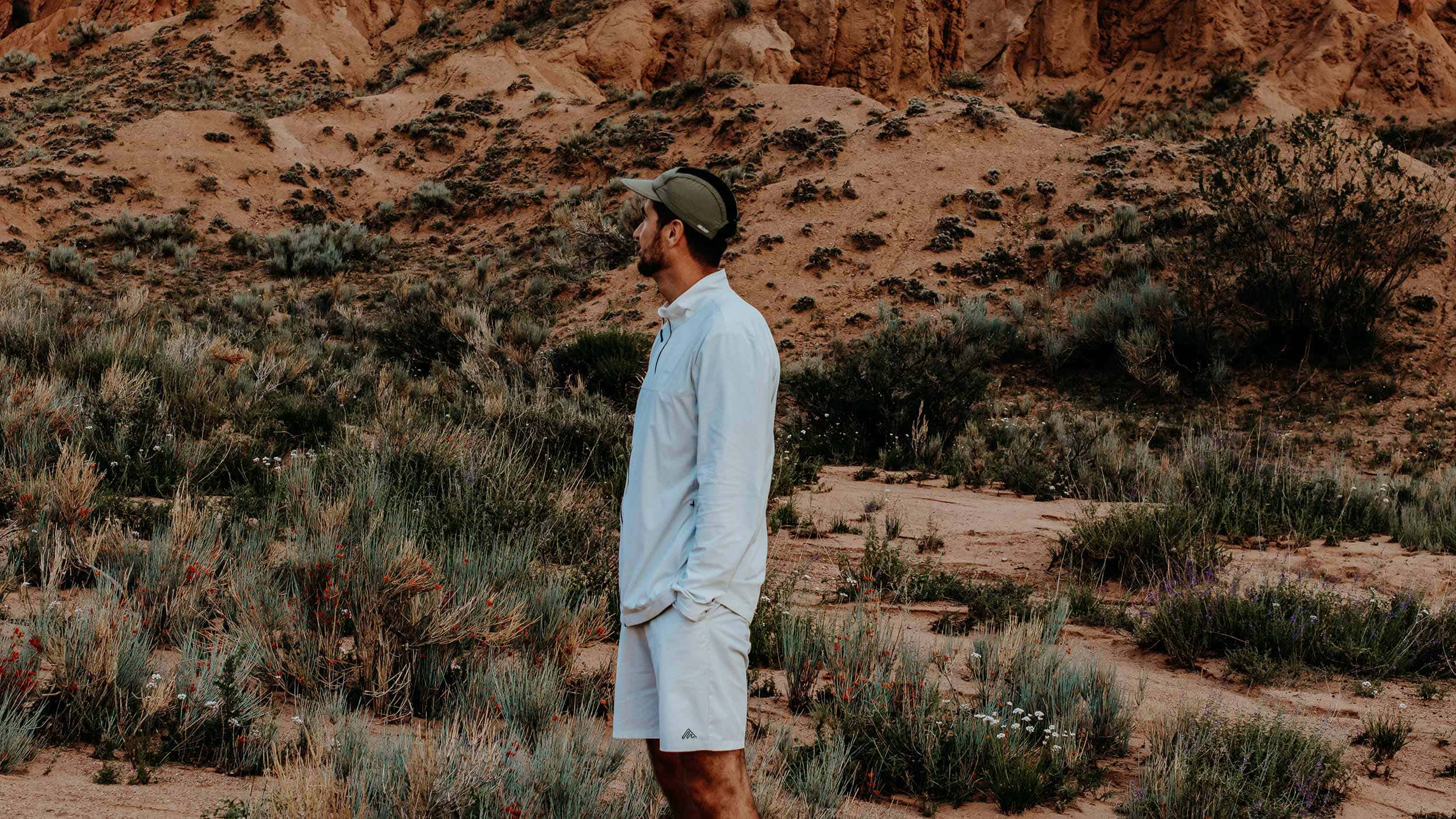
Where to stay near Mars Canyon
While most travellers spend only little time exploring this part of Kyrgyzstan, and stop here briefly before continuing their drive from Karakol to Song Kul, or vice versa, I can’t stress it enough to spend at least one night in an authentic yurt camp nestled on the shores of Issyk Kul.
You see, choosing the right base from which to explore Mars Canyon will have a significant impact on your experience here, and I believe visiting solely on a short stop will make it quite a limited one, especially if you’re keen to take some amazing photographs – which is why most travellers plan to visit Mars Canyon in the first place.
I chose to base myself in Tong, from which it took only 20 minutes to reach Mars Canyon, which made my visit during sunset super easy and stress-free.
Bel Tam Yurt Camp | My pick if you’re looking for an authentic Yurt experience close to Mars Canyon. The yurts are spacious and comfortable, and the open-air common areas are pretty cosy and welcoming.
Yurt Camp Sonun | Nestled on the shores of the pristine Issyk Kul Lake, Yurt Camp Sonun is an authentic yurt camp that provides a unique and unforgettable travel experience. Run by a lovely family, it’s the warm and welcoming atmosphere that makes this camp even more special.
Curious to find alternatives, make sure you see the available options on booking.com.
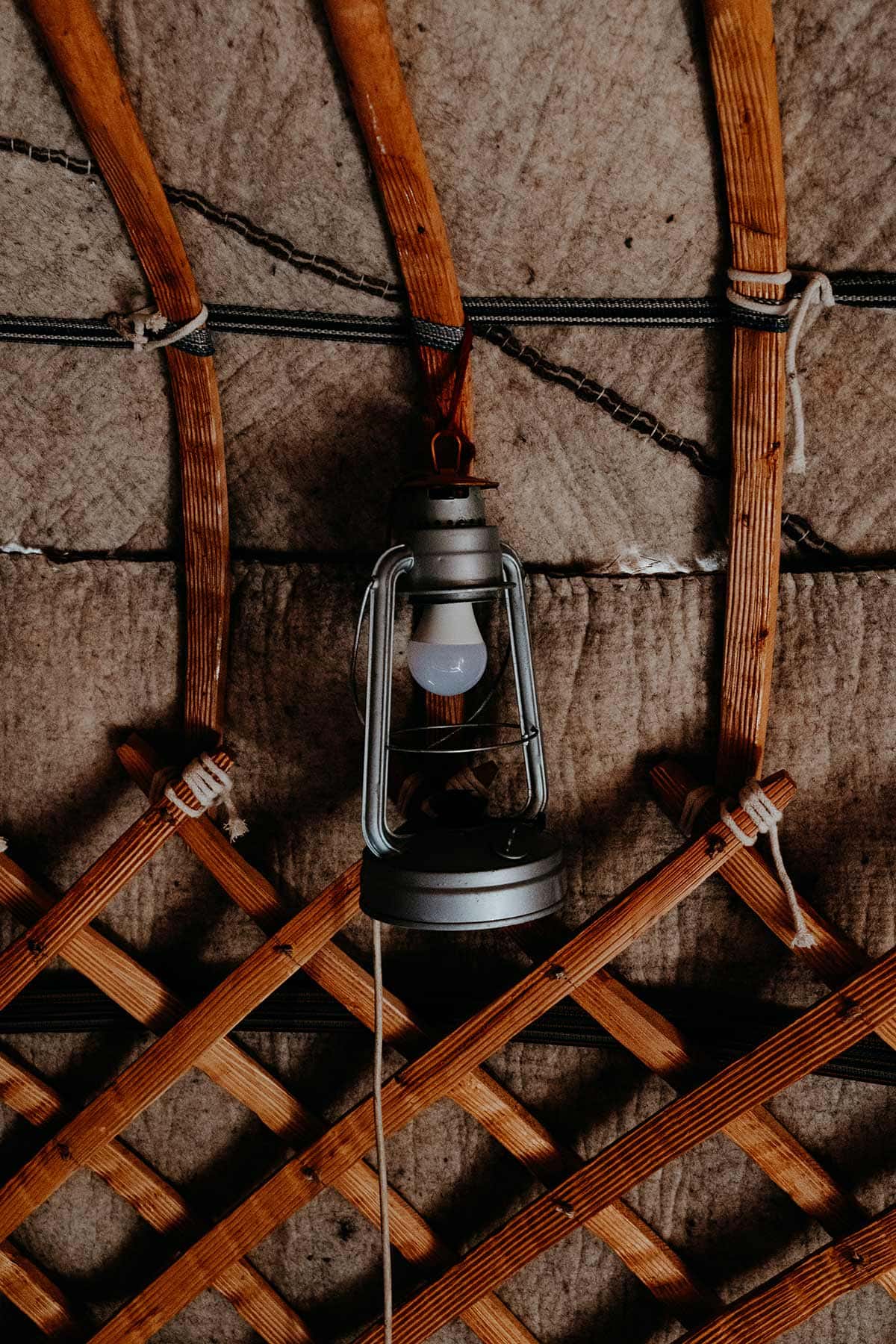
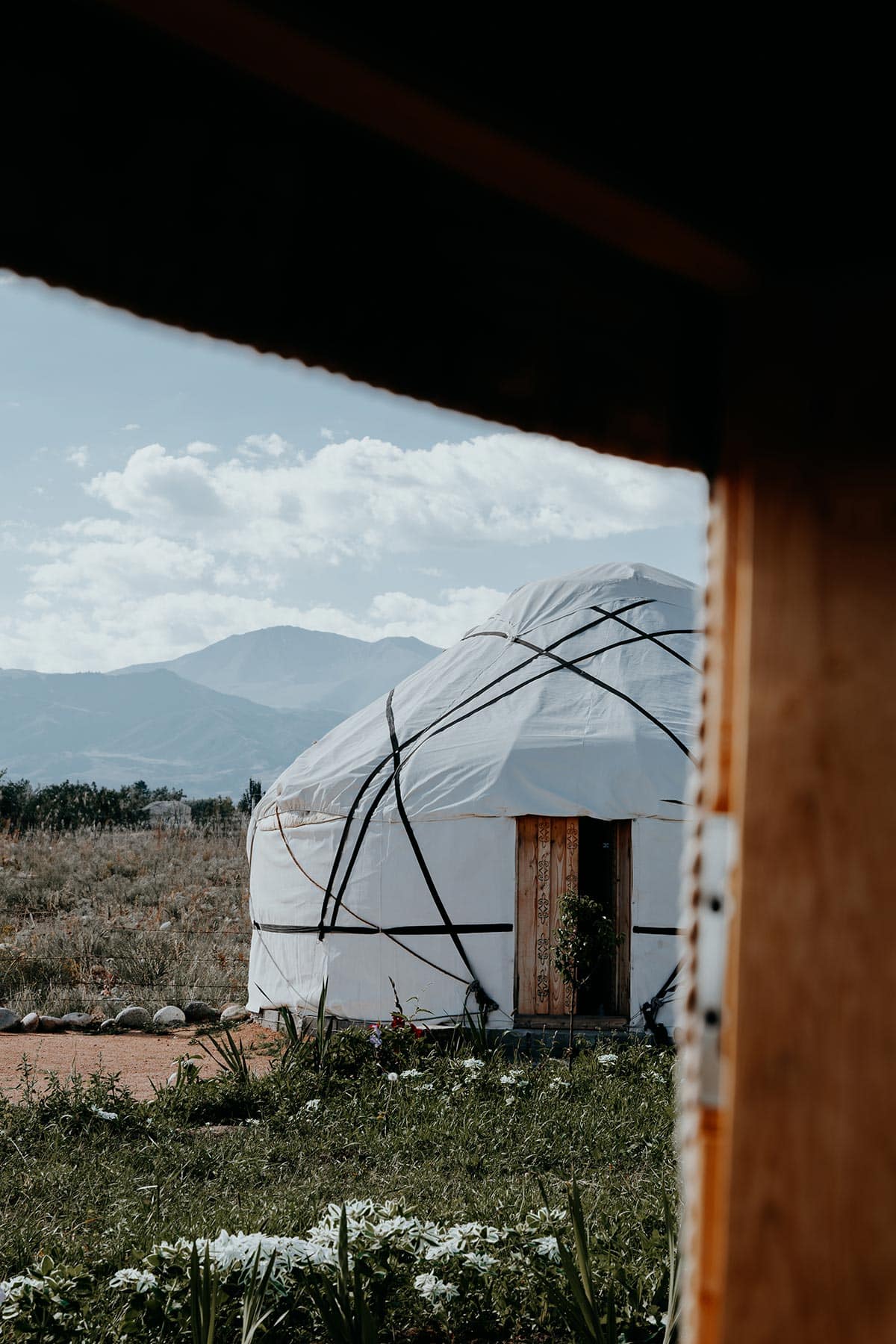
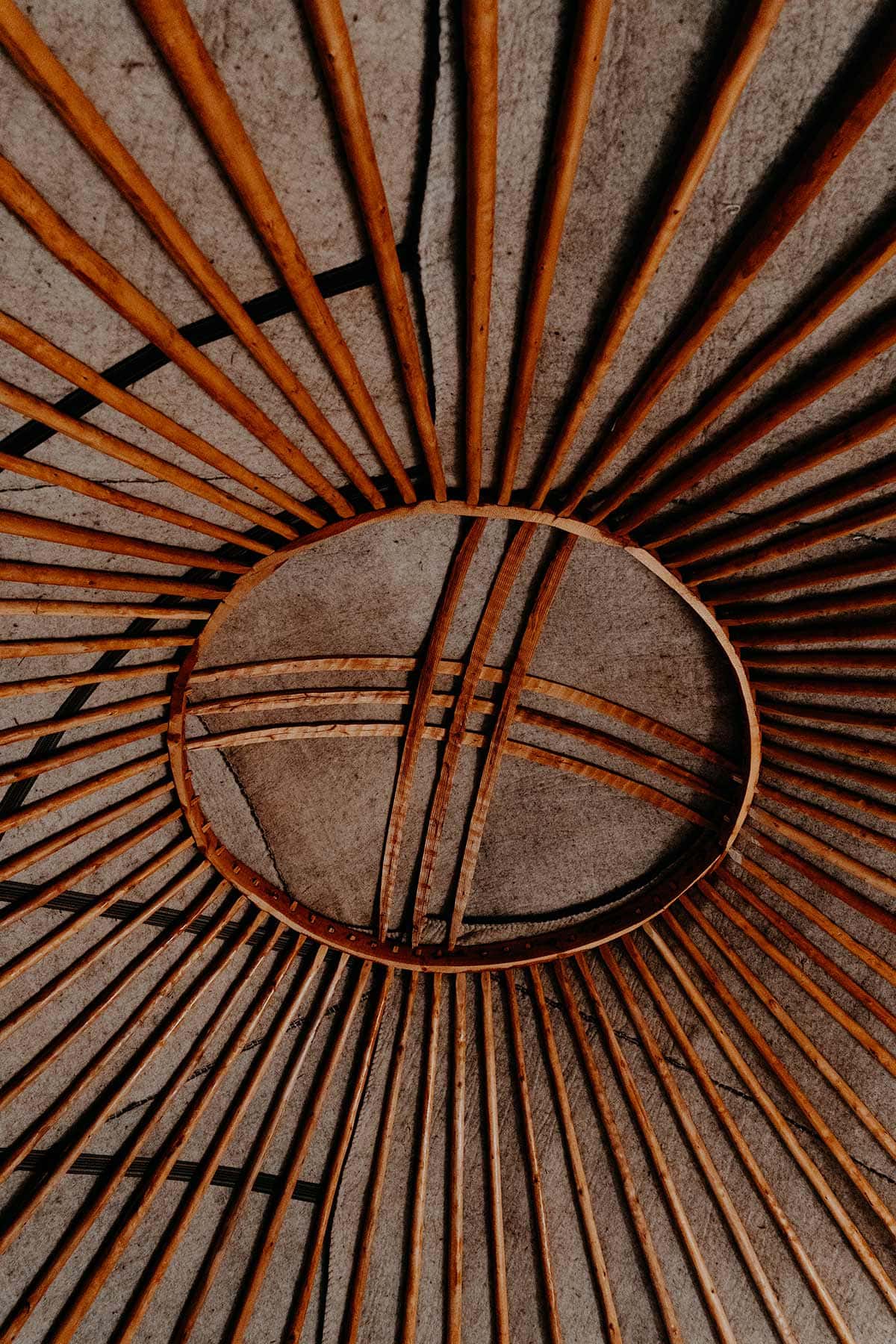
How to get to Mars Canyon
Mars Canyon is situated in the Issyk-Kul region, which is considered one of the most popular areas in Kyrgyzstan and is well connected by an excellent road in the A363.
However, since Mars Canyon itself is relatively unknown, getting there will come with a few extra challenges, especially if you don’t have a rental car at your disposal.
You see, while public transportation in Kyrgyzstan is making huge steps in the right direction, it remains relatively limited, with trustworthy connectivity solely between the larger cities.
That’s not to say that it’s impossible to get to Mars Canyon without a car. Taking a taxi, having a private driver – Beks is an amazing option, or a hitchhiking adventure, combined with some strategic planning will still work out perfectly fine, it just needs some extra effort.
If you do have your own wheels, those challenges are significantly reduced, and the only thing you have to worry about is the final part of the journey, where you have to drive a dusty road with zero signs for a short bit.
Below I’ve listed a few common driving routes to Mars Canyon:
- Karakol to Mars Canyon: 2 hours
- Barskoon to Mars Canyon: 1 hour
- Tosor to Mars Canyon: 45 minutes
- Tong to Mars Canyon: 20 minutes
I visited Mars Canyon from my yurt camp in Tong; Bel Tam Yurt Camp, where I arranged a taxi that took me to the edge of the canyon, before bringing me back after an hour of explorations, which set me back 1200 SOM (€12,75).
If you’re curious to find out how to fit the Mars Canyon into your own adventures, make sure you read my ‘2-week Kyrgyzstan itinerary’ (coming soon) too.
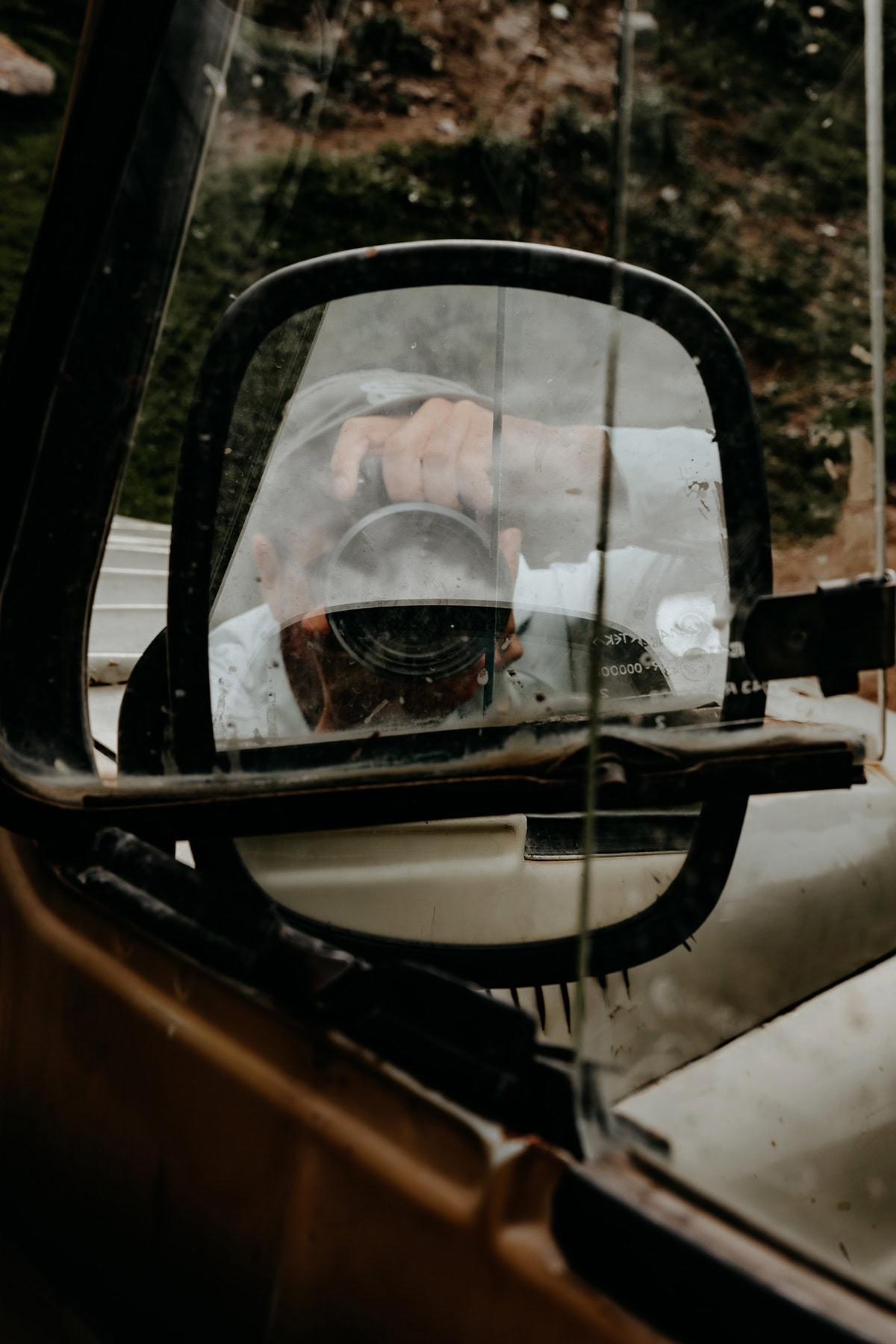
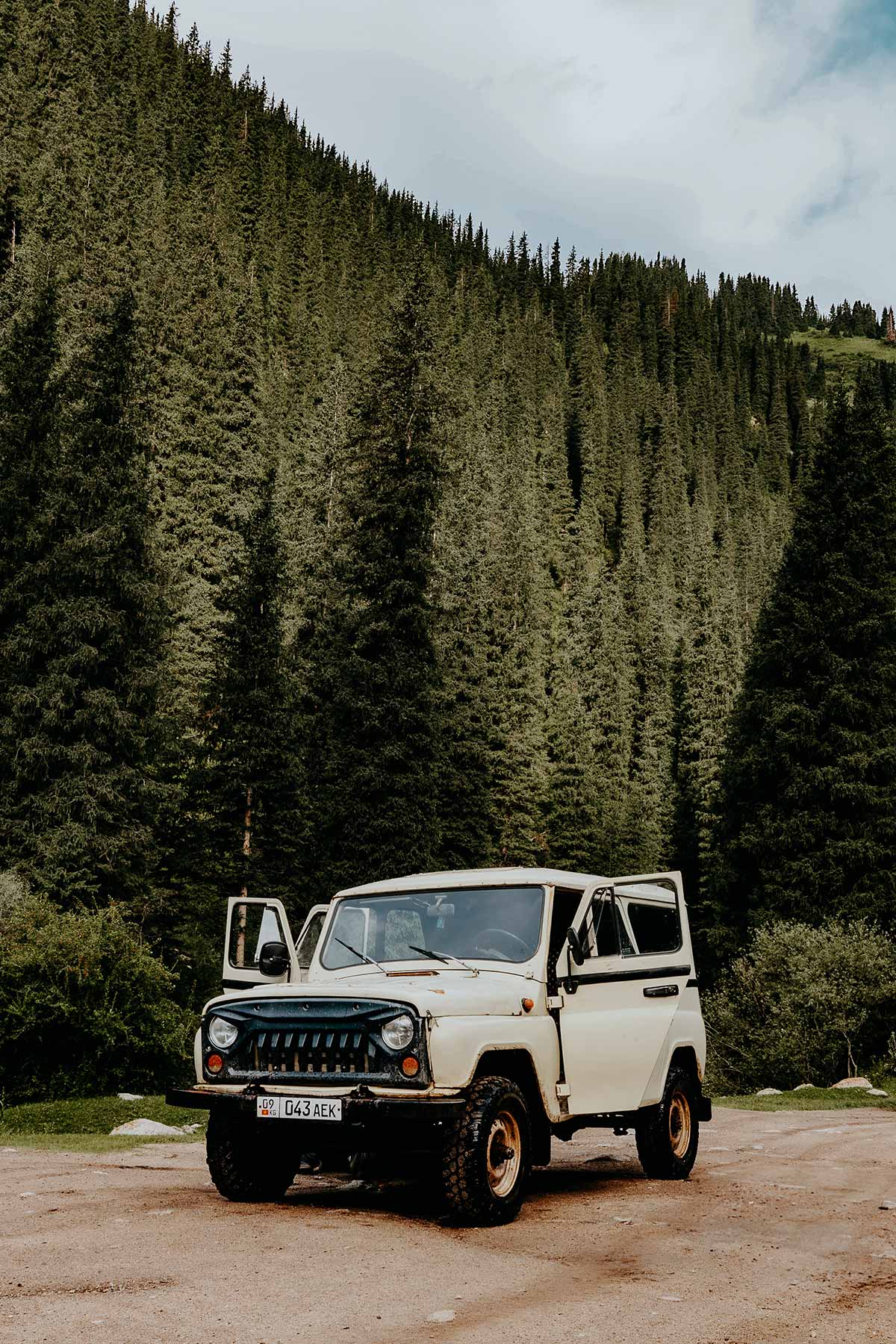
A quick guide to the otherworldly Mars Canyon
Exploring Mars Canyon
Made up of eroded sandstone walls and dried-up rivers, Mars Canyon is a stunning valley that precisely resembles the distinctive characteristics of the landscapes found on Mars.
Since Mars Canyon is still largely unknown to locals and travellers alike, you will notice that there are no official trails, signs or other guidelines to navigate you through the canyon.
This means that you’re wandering around a wild stretch of nature, which is quite exceptional, and to me, significantly deepens the level of adventure as well as your overall experience here.
While it’s always possible to get lost between the narrow, naturally shaped valleys of the canyon, I found it quite easy to navigate and wandered around the canyon without any hassle.
If you’re planning to visit Mars Canyon at sunset, it is wise to head back well before dusk, as it will be a completely different mission to find your way around in the dark.
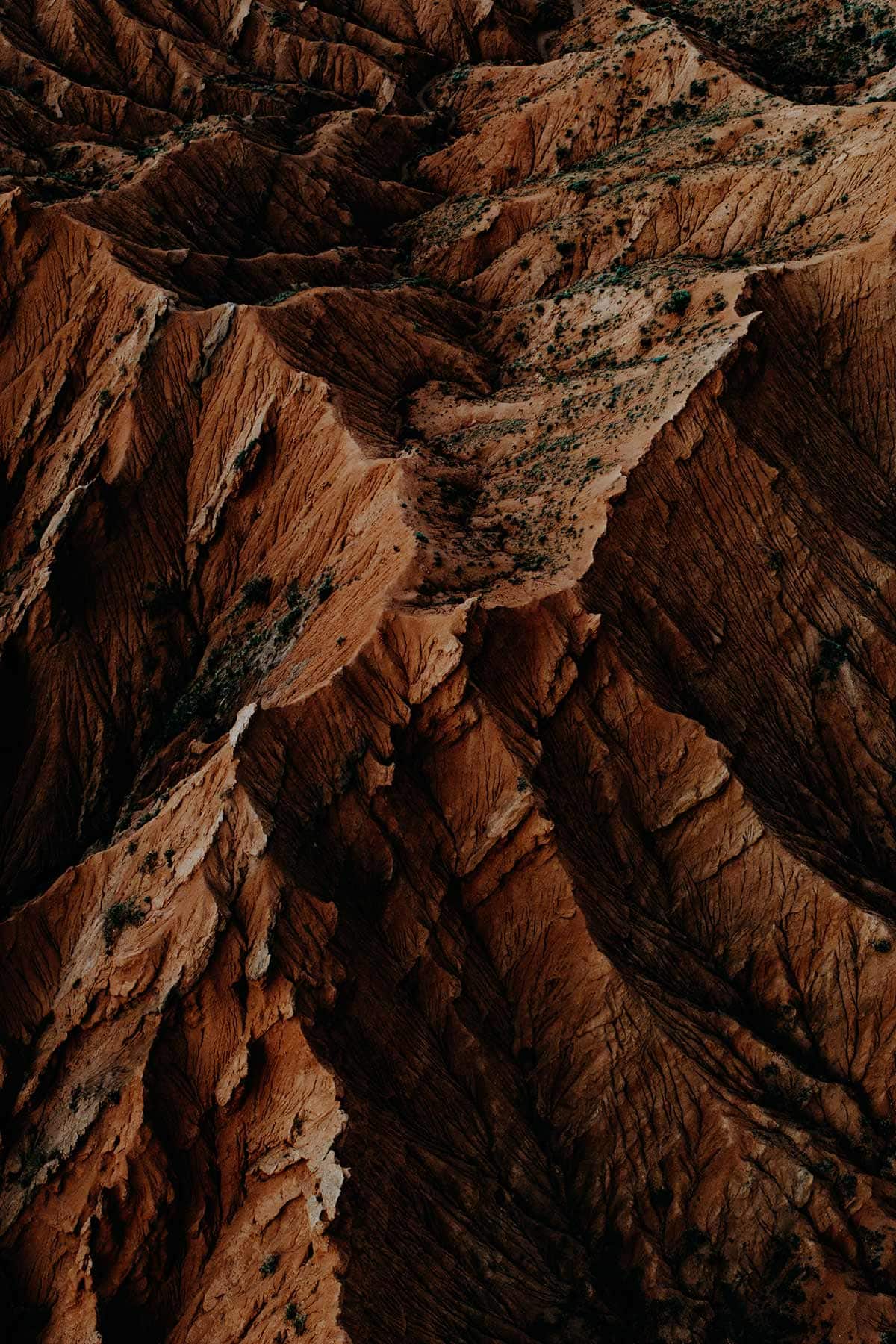
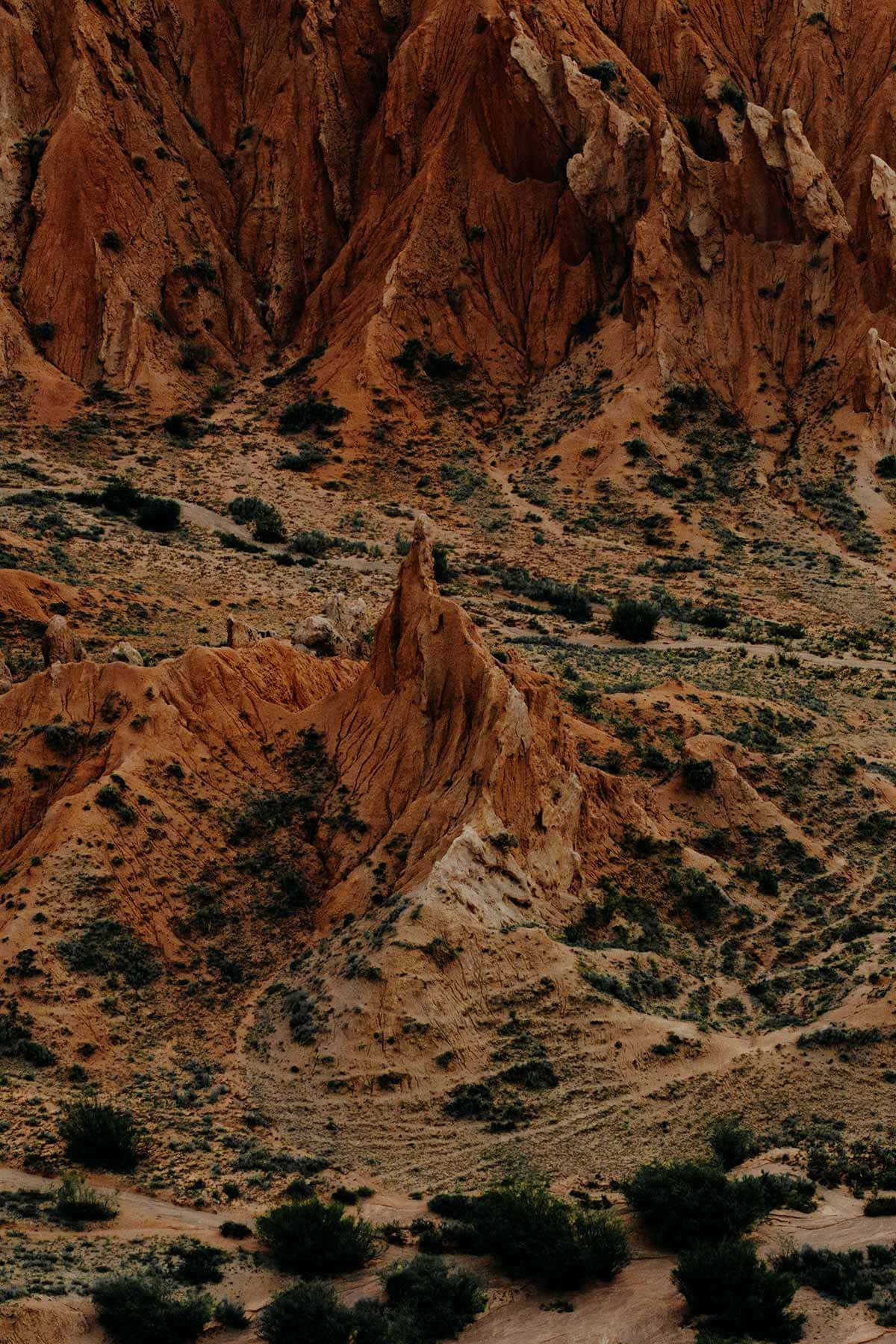
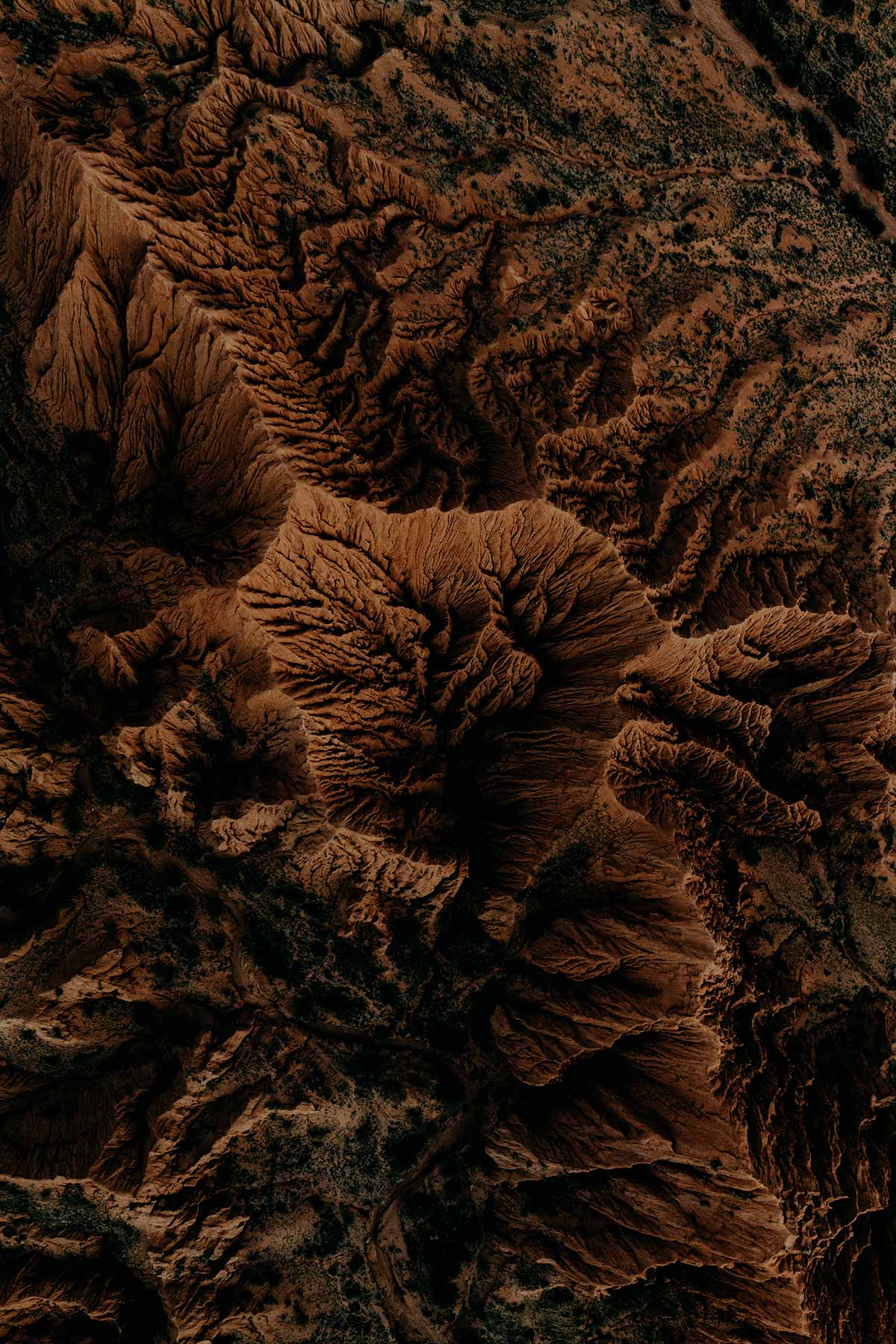
Sunrise or sunset at Mars Canyon
Mars Canyon owes its name to incredible rock formations and a distinctive burnt-orange colour palette, similar to that found on Mars, hence the name.
These characteristics get amplified when visiting during sunrise or sunset, when the shifting light turns the incredible landscape into a somewhat surreal scenery.
When I travelled to Kyrgyzstan in July, I visited Mars Canyon during sunset, which despite a short period of rainfall, offered me the most incredible photo opportunities.
While I didn’t visit Mars Canyon during sunrise, I’m pretty sure it is good too, as I visit Skazka Canyon in the early morning, which is situated only a short drive from Mars Canyon and is characterized by a pretty similar landscape.
Due to their proximate position close to each other, and the fact that both sunrise and sunset are equally as mesmerizing, you can easily pick Skazka for sunrise and Mars Canyon for sunset, or vice versa according to your personal plan of attack.
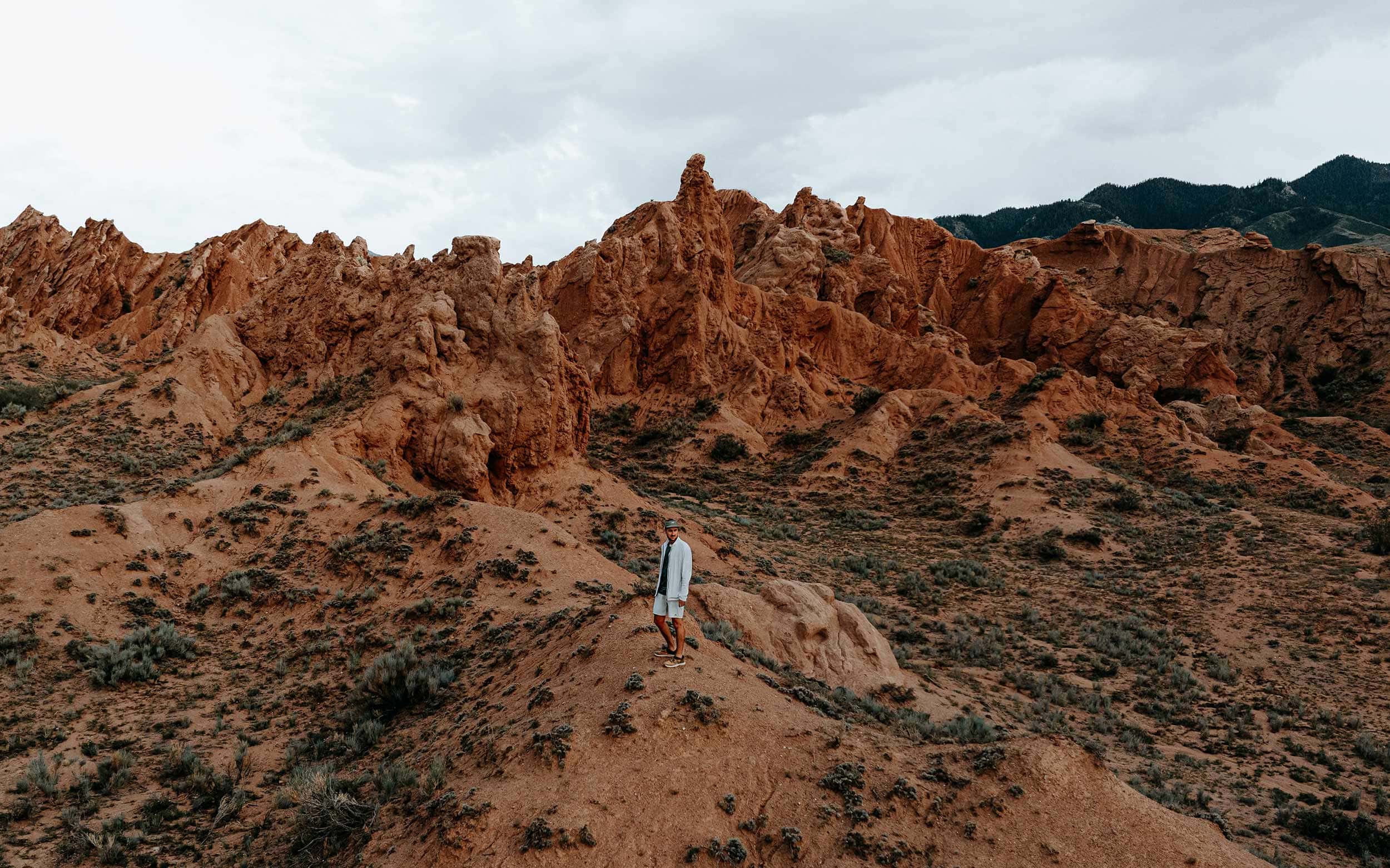
Bonus – Traditional Eagle hunting
While making my way back along the dusty roads that connect Mars Canyon with my yurt camp in Tong, I stumbled upon a small group of patiently waiting tourists.
At first, I didn’t know why, but I was rather convinced something exciting was bound to happen.
Only a few moments later, when a large silhouette rapidly approached the group, I realised what was going on here; it was a traditional Kyrgyzstan Eagle Hunting show.
Apparently, the area surrounding Mars Canyon is a famous spot for tours that focus on eagle shows, which makes sense given how stunning and extensive the landscape is here.
Eagle hunting (Berkutchi) has been around for ages in the vast steppe and mountain terrains of Central Asia and still plays a huge role in the ever-present Nomadic lifestyle.
Though I always have some inner conflict when it comes to tourism based around animals, Falconry has been practised for centuries, and with Kyrgyzstan’s deeply rooted traditions, the physical and psychological welfare of eagles has always been of the utmost importance.
Keen to learn about eagle hunting in Central Asia, have a more thorough read here.
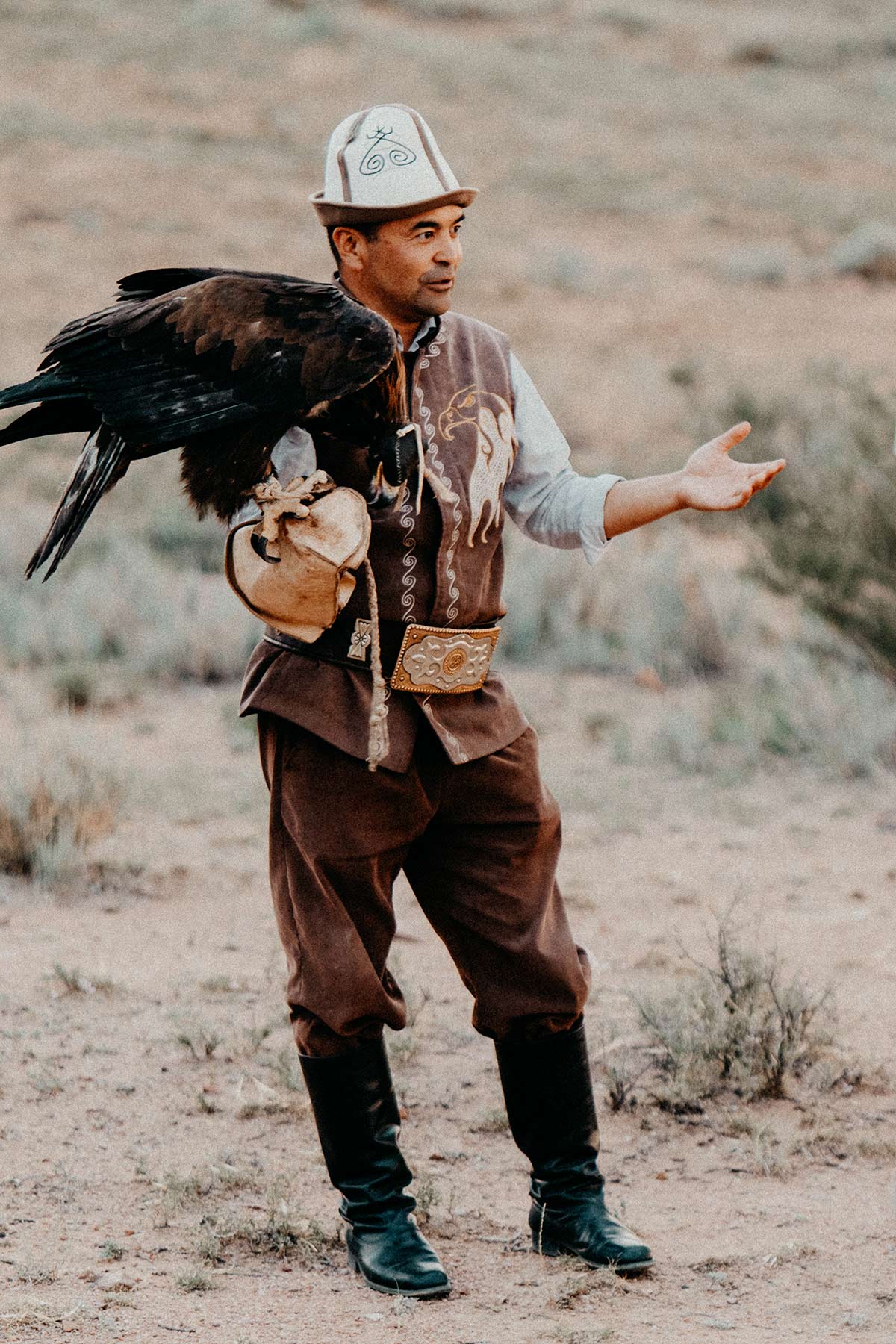
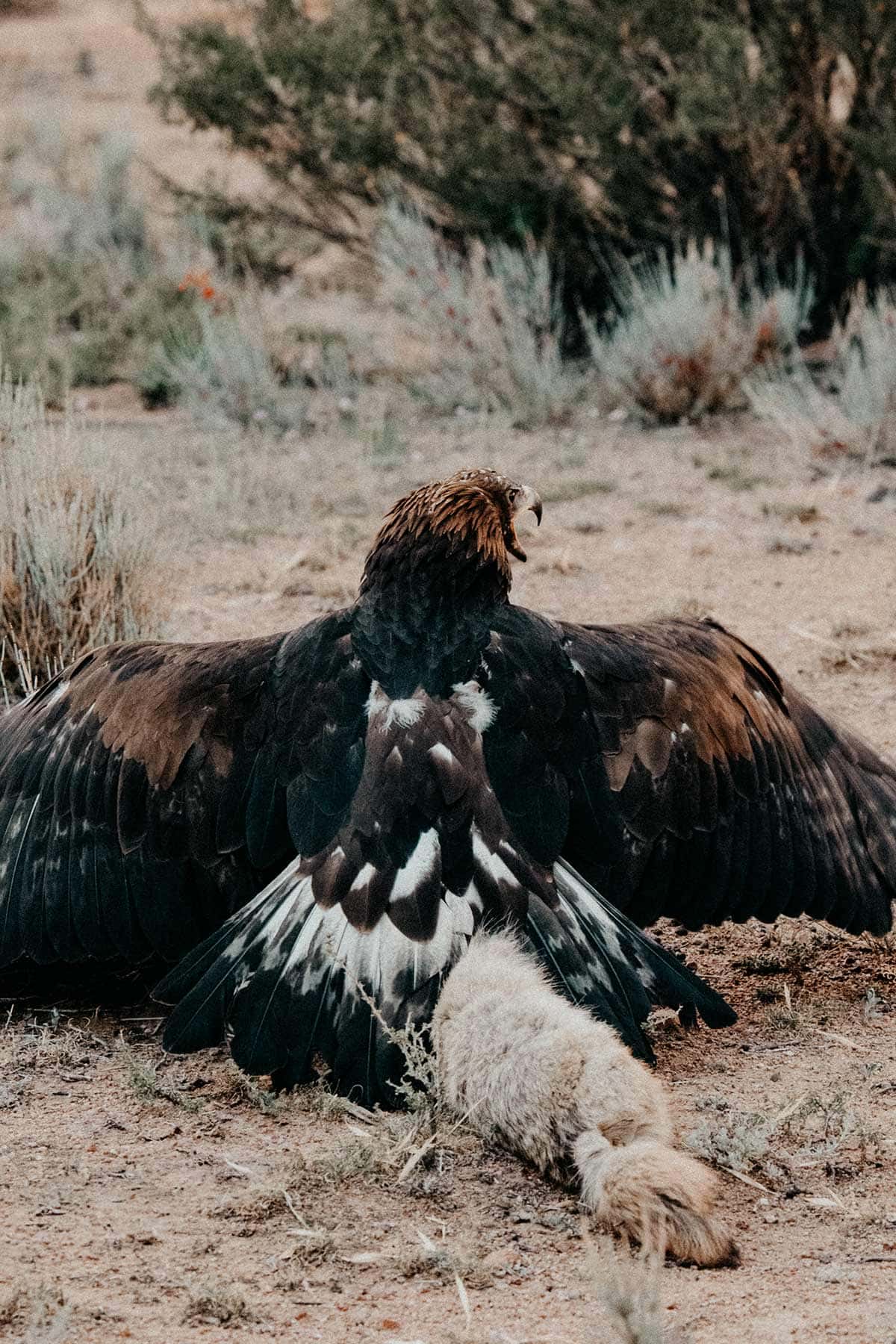
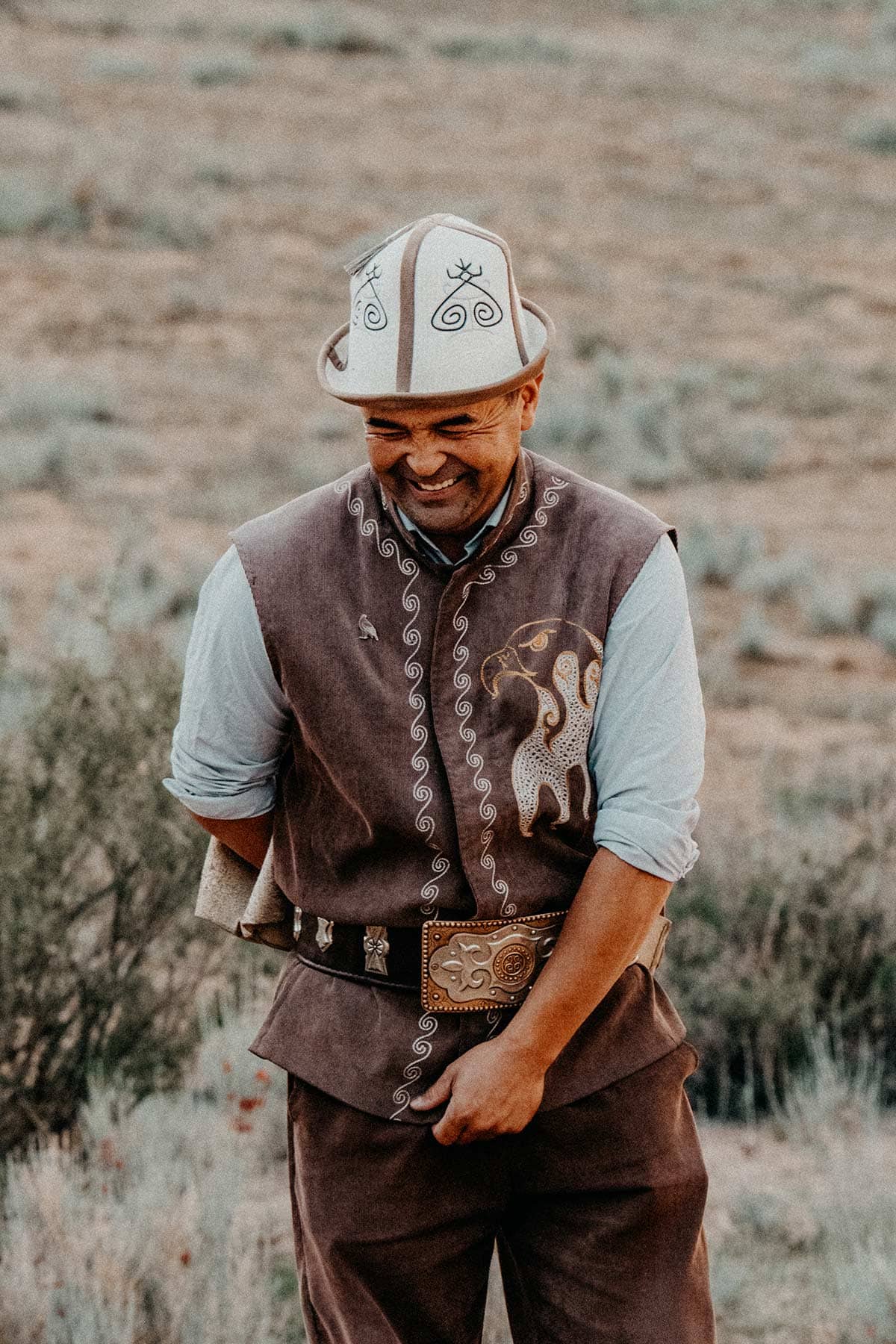
Things to know before visiting Mars Canyon
The best time of day to visit Mars Canyon
In short, given Mars Canyon is made up of distinctive burned-orange rock formations, it is best visited during sunrise or sunset, when the sun amplifies the natural feats of the canyon.
While you could opt for a visit to Mars Canyon at any time of day, I’d recommend avoiding a visit during noon, when the light is often too harsh for good photography, the temperature unbearable, and zero to no shade to be found.
I visited Mars Canyon from late afternoon to sunset and had excellent light conditions to photograph the incredible mountain ridges – which, as you can imagine, happened to be the main goal of my visit here.
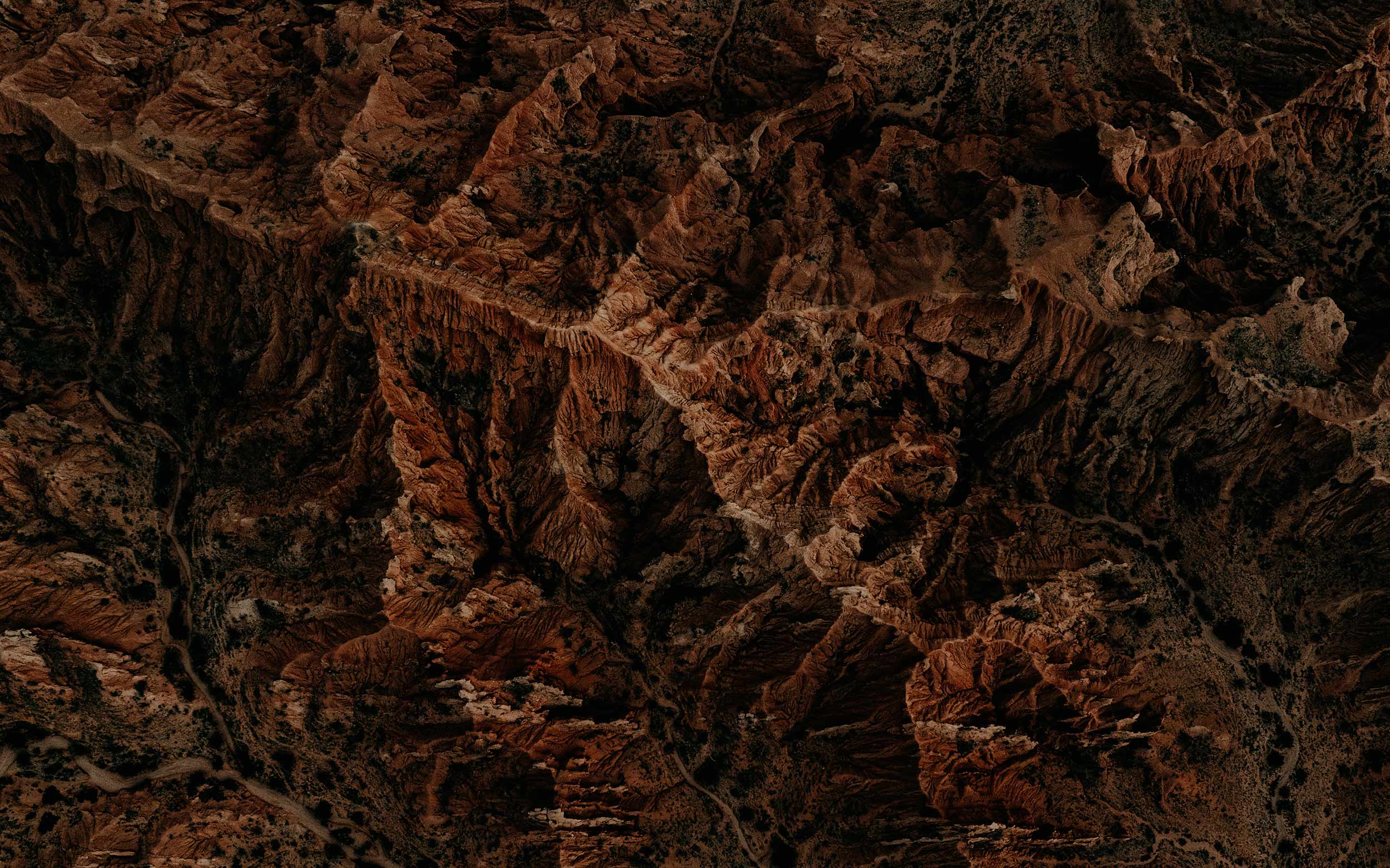
The best time of year to visit Mars Canyon
Given the remoteness of Mars Canyon and the complexity of its terrain, it is best to visit during the summer months of June to September, when the temperature is comfortable and stable.
These peak months generally provide the perfect conditions for explorations around Kyrgyzstan’s exceptional nature, as you can expect days filled with sunshine, minimal rainfall, and an average temperature of around 25 degrees Celsius.
While it’s totally possible to visit during the winter months, you will most likely stumble on a few challenges in terms of weather conditions and accessibility in the colder months.
However, this doesn’t instantly mean that a winter visit should be off the table just yet.
No, you just have to plan your visit a little more strategically, and be more aware of the weather, while also being mentally aware that there might be a chance you have to skip it due to the circumstances.
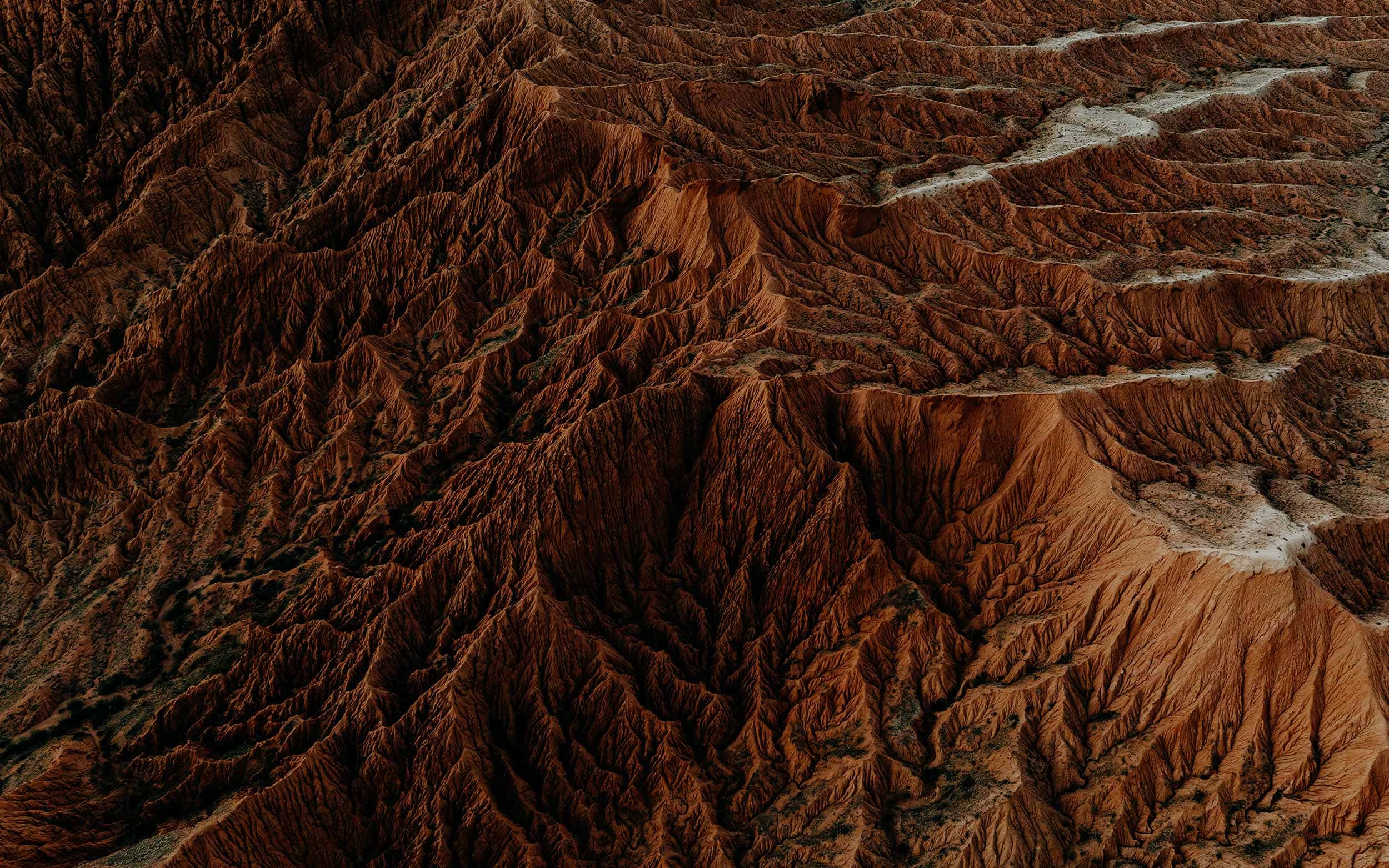
What to pack for Mars Canyon
Cash | First things first, anytime you plan to visit a place outside of the bigger cities of Bishkek and Karakol, you do wise to carry enough cash to pay for transportation or accommodation when needed. With limited internet reception in most of Kyrgyzstan’s remote locations, cash is king here, so I’d advise bringing at least 8.000 SOM (€95,-) to be safe.
Water Purifier | One travel essential that I carry with me at all times is the Grayl Geopress. This reusable water purification bottle allows me to fill up water from nearly every water source, making it super convenient and one of my absolute best investments to date.
An extra layer | We all know the saying; there’s nothing more unpredictable than the weather, and this also applies to Kyrgyzstan’s climate. For that reason, I believe it’s essential to bring an extra layer to keep you warm when needed. I recently got the Cortazu AR Active Softshell Jacket, which is a perfect piece for moments when the temperature drops.
Hiking boots or a sturdy pair of trail runners | While hiking boots naturally provide more stability to the ankles, a good pair of trail runners with Vibram soles will also get the job done these days. For the last 3 years, I have been using the New Balance Hierro v7, a trail runner that offers all the features of a hiking boot, while still providing the looks of a trendy sneaker.
Lunch box and snacks | Since you’re going to a seriously remote place, there will be a finite amount of food and drink options here. For that reason, I advise bringing sufficient amounts of food and snacks to stay fueled during your visit, including fruits, nuts and a few protein bars, which are generally lightweight and very rich in nutrients.
Sun protection | Given Mars Canyon is wide and open, with zero shelter from the sun, I believe it’s essential to bring sun protection; think sunscreen, a hat, sunglasses, and perhaps even a breathable long-sleeve shirt. Even when the sun disguises behind the clouds, it is still very likely that you’ll get sunburned.
Camera | Like most natural places in Kyrgyzstan, Mars Canyon is absolutely stunning, and I’d highly recommend taking out your camera gear, so you can capture loads of photos while there. If you’re curious to learn about my photography gear, make sure you give my ‘What’s in my Camera Bag’ guide a read too.
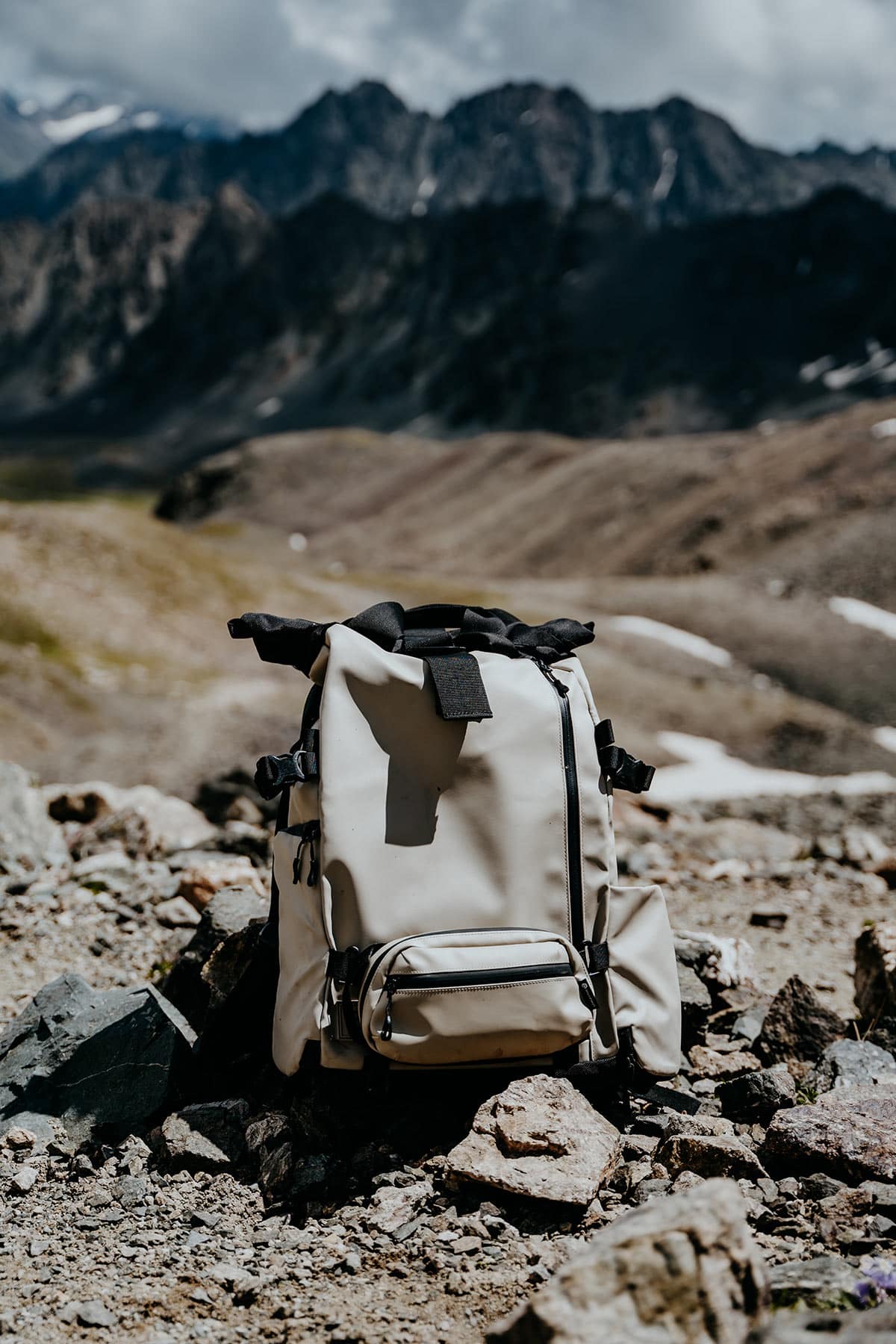
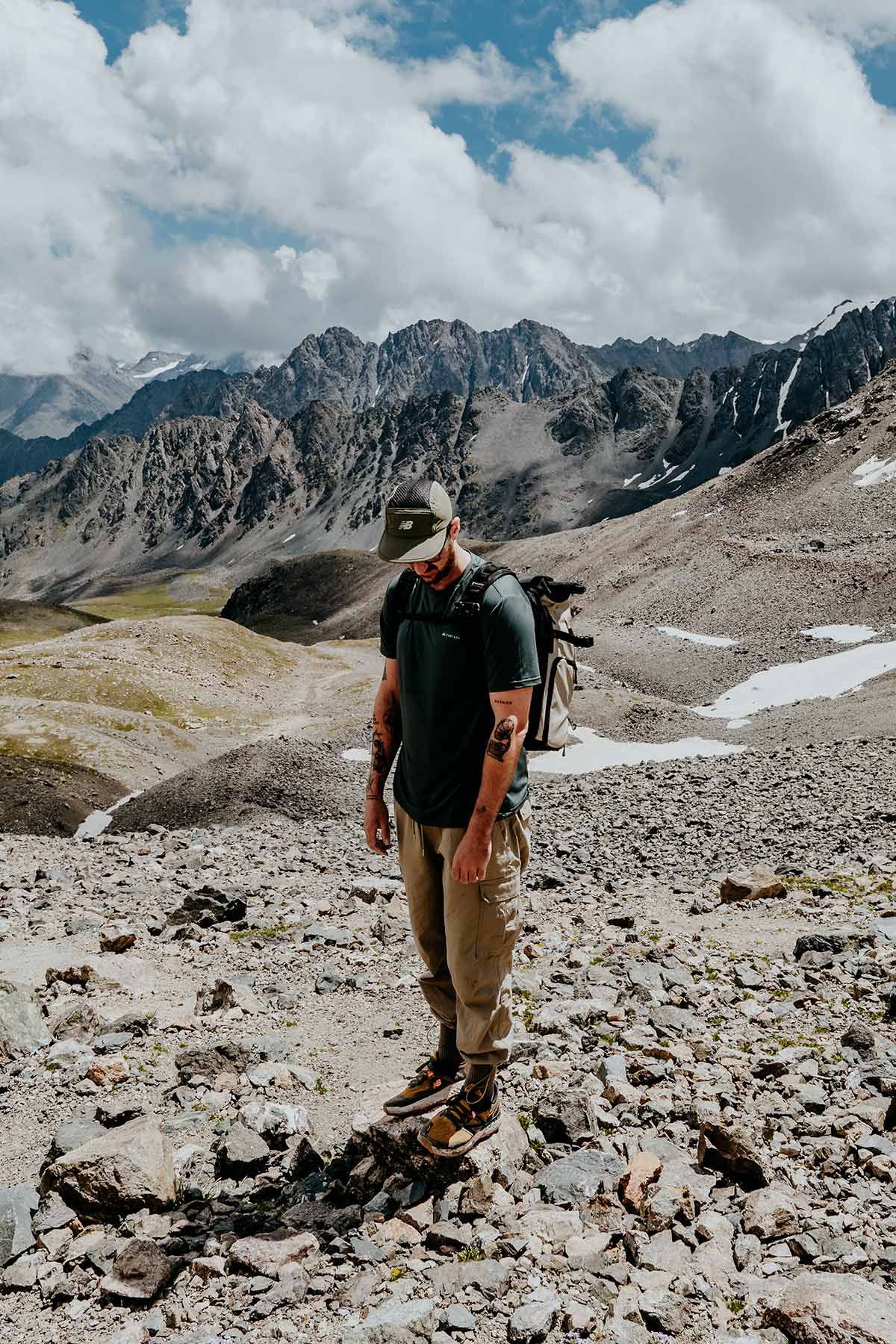
Stay safe in Kyrgyzstan | Travel insurance
Since most of your trip in Kyrgyzstan will be related to hiking and the great outdoors, I’d advise anyone travelling here to sort out reliable travel insurance before setting out on their adventures.
Though we always hope that everything runs smoothly during our travels, something unfortunate can always come into play, whether it’s a hiking injury, a stolen camera or an accident on the road.
When it comes to travel insurance, I always use Heymondo, as they offer excellent medical, baggage and Electronic equipment coverage as well as a handy app with 24-hour medical assistance. Make sure you take a look here – readers of WTSW receive 5% off any insurance policy.
Cheers!
I’ve been on this travel blogging journey since 2019.
If you appreciate what I do here, these are some ways you can support me.
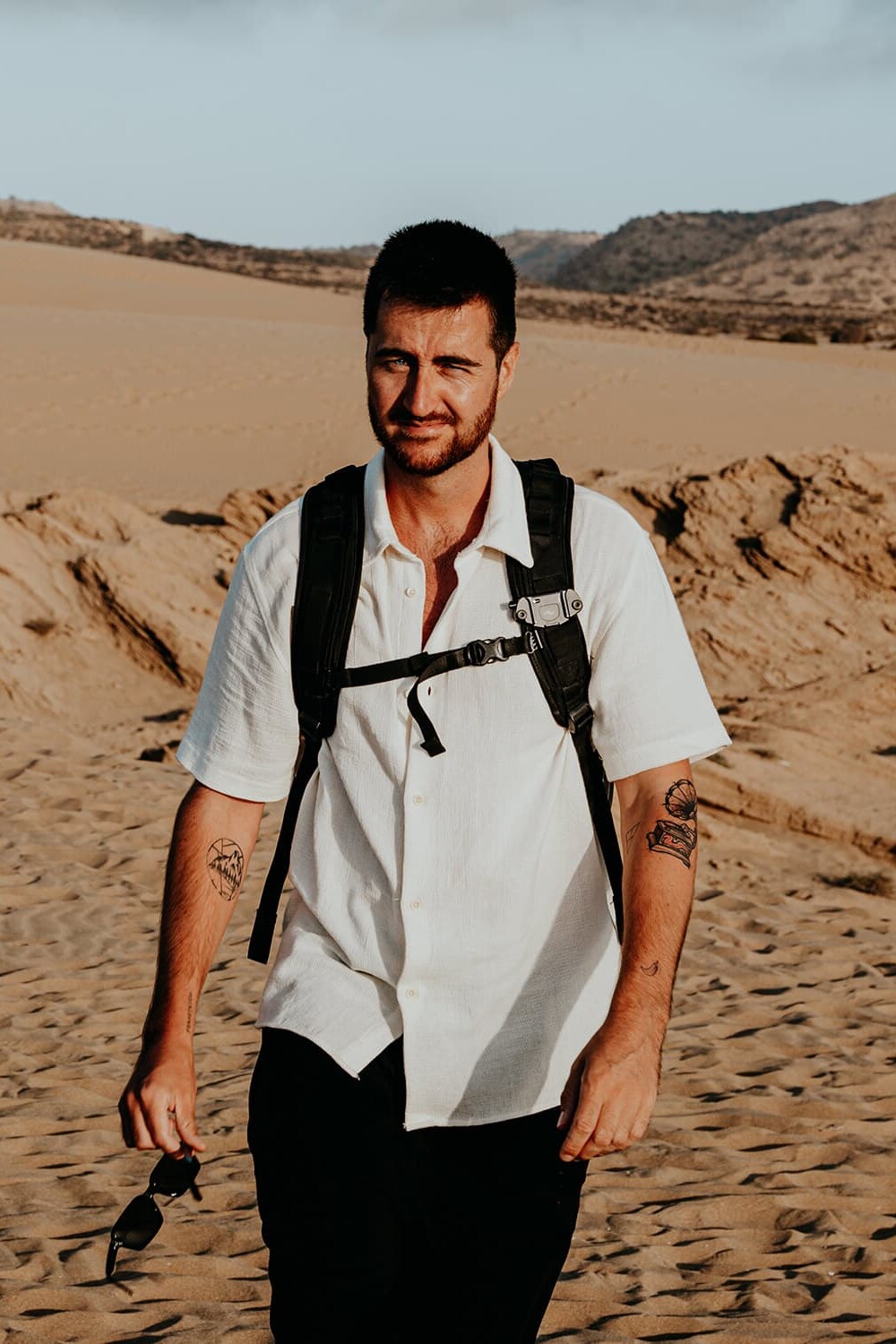
Plan your Kyrgyzstan adventures with these essential guides
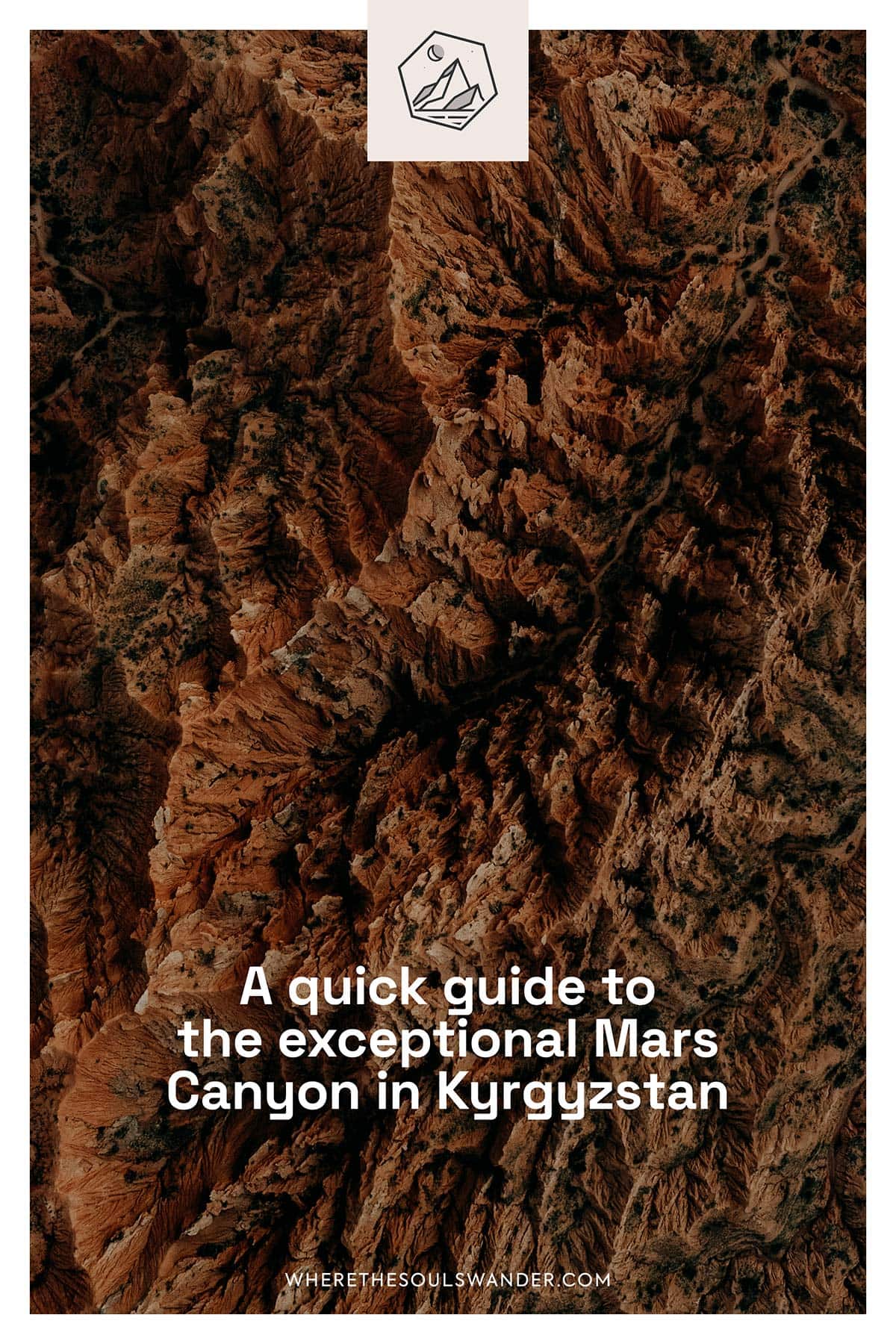
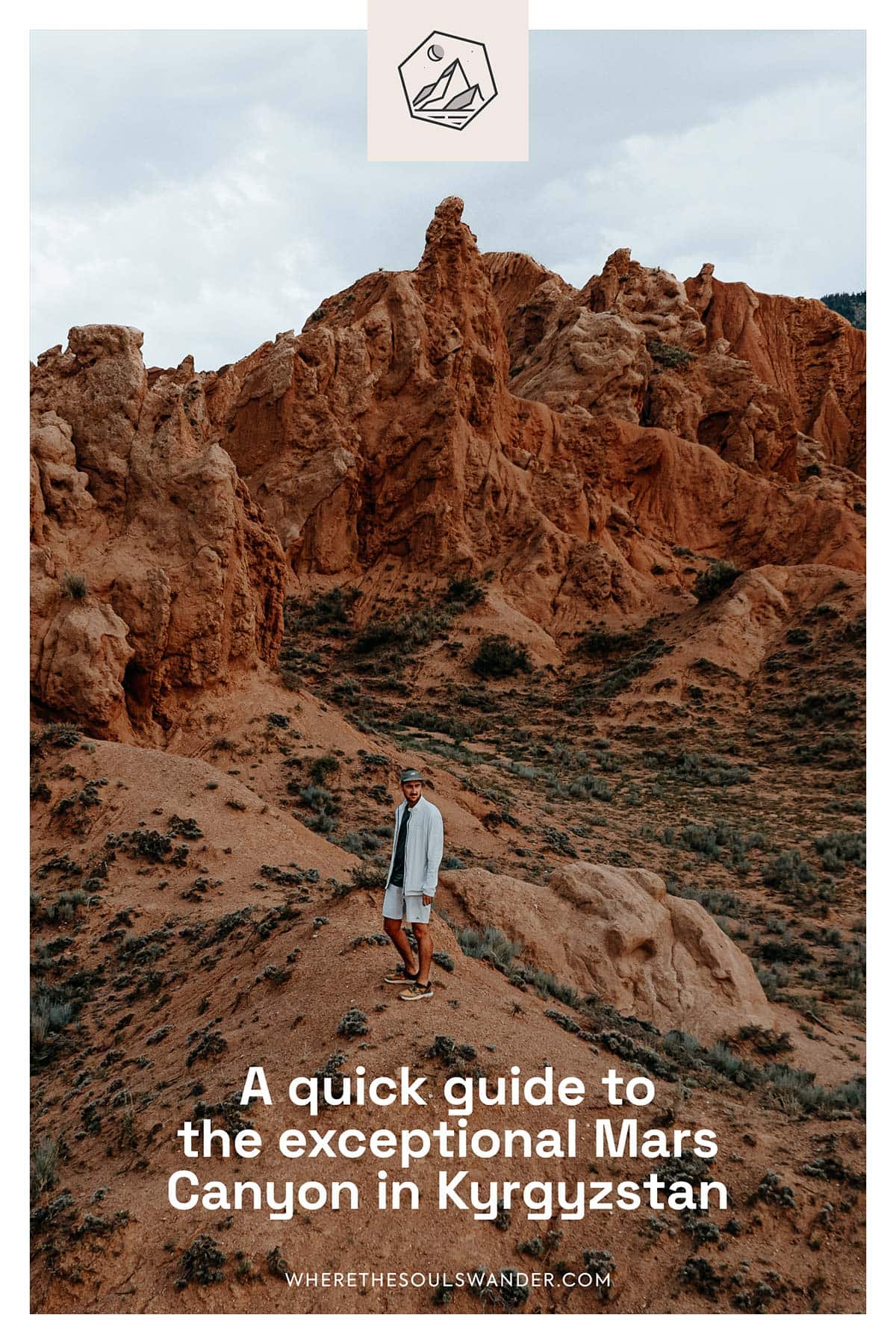
My guide to the stunning Ala Kul Lake and Altyn Arashan (2024): Everything You Need to Know
When I first started researching for my Kyrgyzstan trip, I quickly found out about the Ala Kul Lake and immediately made it one of my top priorities for my trip here in July.
Nestled in the Terksey Alatau mountain range in the Northeastern part of Kyrgyzstan, at about 20 kilometres from Karakol, the Ala Kul Lake is absolutely stunning, making it an unmissable stop on any Kyrgyzstan itinerary.
Completely cut off from the world, this stunning alpine lake is situated at approximately 3.560 metres above sea level, and defined by the bluest of water, with the eponymous Ala Kul Pass viewpoint (3.800m) welcoming you with breathtaking vistas of both the lake and the surrounding peaks and valleys.
But it is not just the lake that will blow your mind. No, the journey is equally a beautiful one.
You see, when venturing to Ala Kul Lake, you will immerse yourself in the extraordinary natural beauty of both Altyn Arashan and the Karakol Valley, which will add a significant amount of charm to your adventures here.
However, getting there also comes with a few challenges, and that’s where this guide will come in handy.
In this guide, I’ll share my take on getting to the Ala Kul Lake via Altyn Arashan, as well as first-hand advice on where to stay, when to visit, how to get there and more.
Here’s my in-depth guide to the stunning Ala Kul Lake in Kyrgyzstan – have a nice read!
If you choose to use any of the links on this page, I may receive a small commission at no extra cost to you. By using these links, you’ll have a direct impact on WTSW and my ability to continue to create free insightful travel content for you. If you find any of my tips useful, you can support me by buying a virtual coffee here.
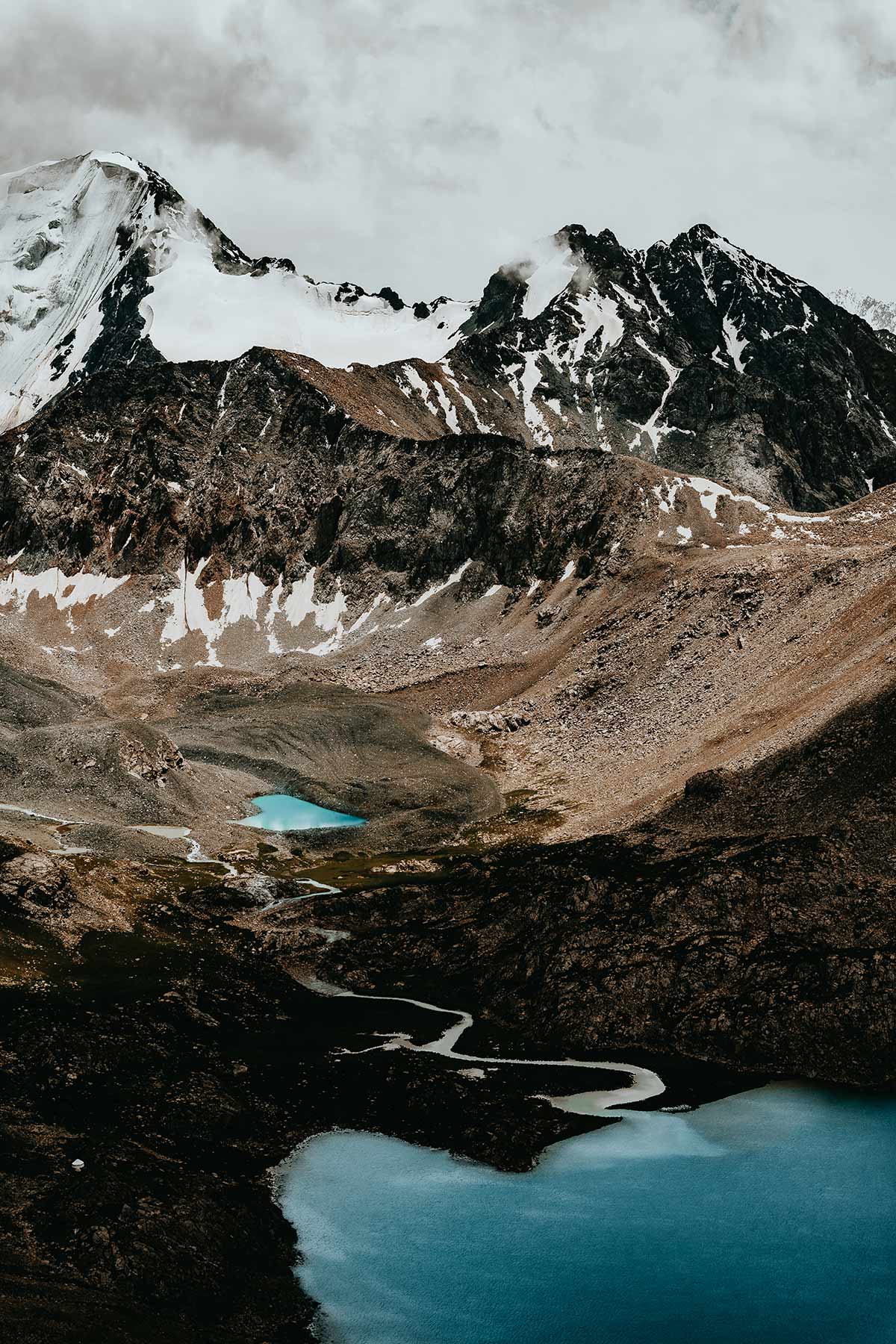
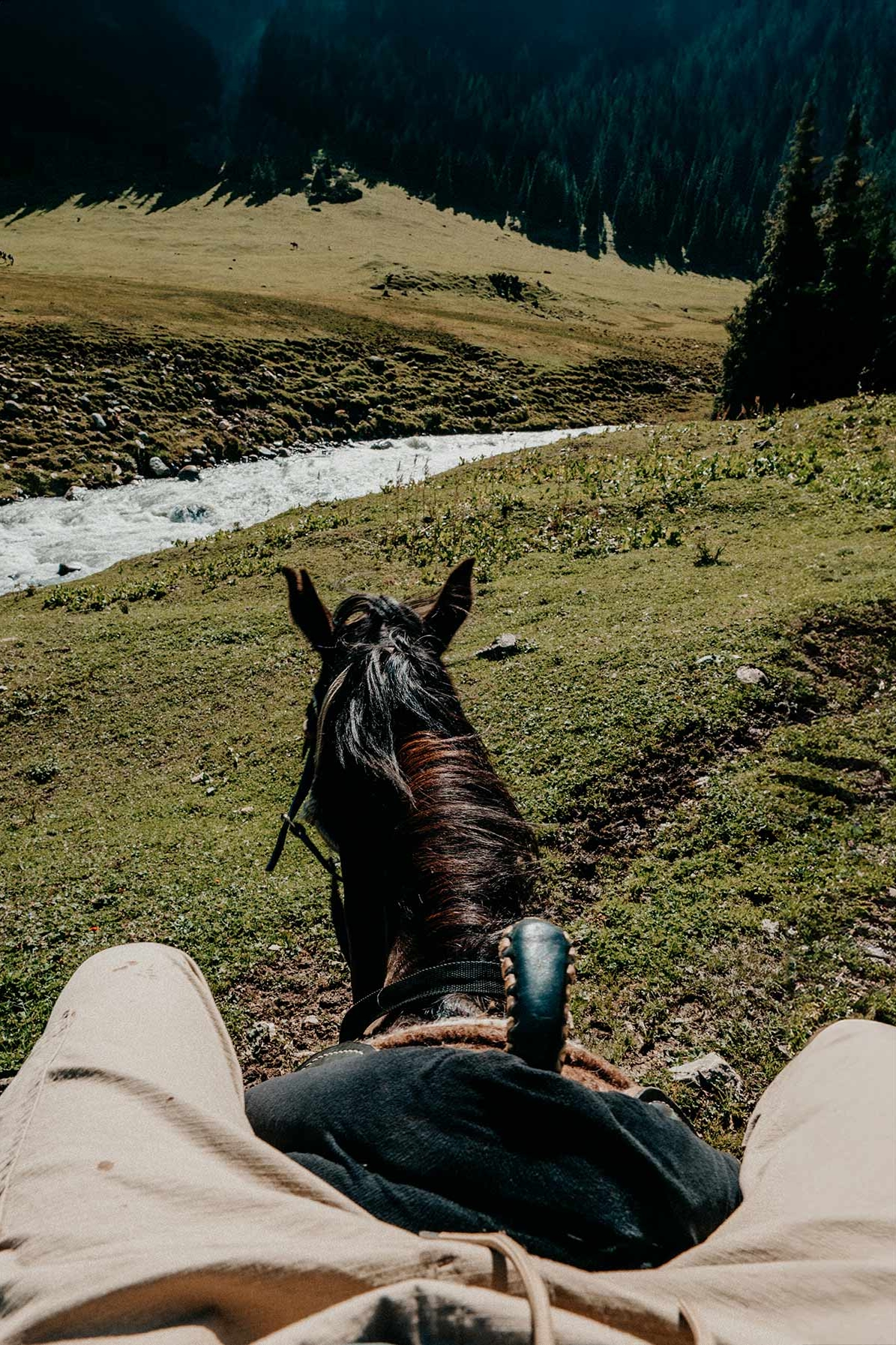
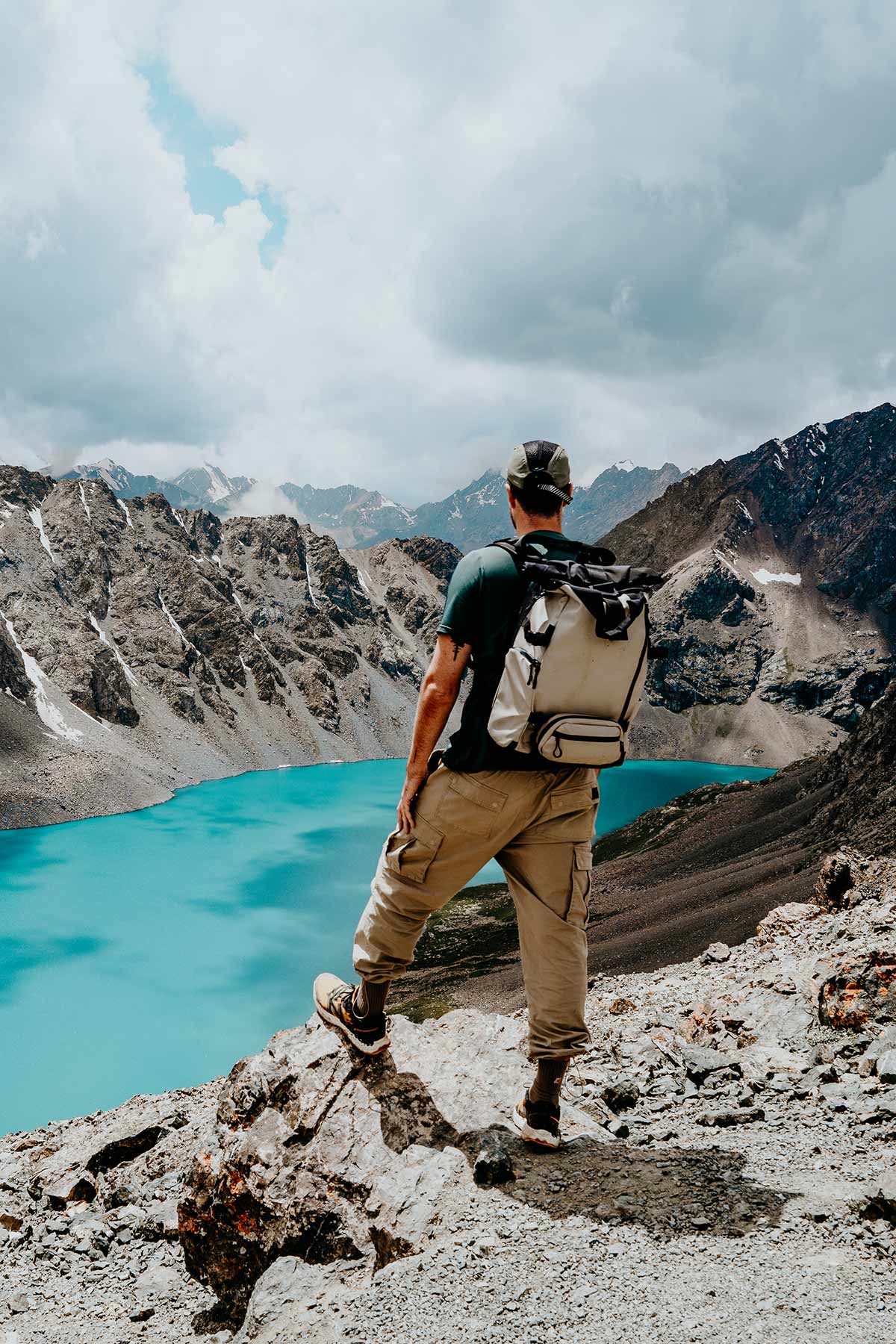
Where is Ala Kul
The Ala Kul Lake is situated in the Terksey Alatau mountain range in the North Eastern part of Kyrgyzstan, about 20 kilometres from Karakol.
Completely cut off from the world, the stunning alpine lake is surrounded by the immense natural beauty of Altyn Arashan and the Karakol Valley.
The lake is located at an elevation of 3.560 metres above sea level, and the eponymous Pass at 3.800 metres provides the most stunning views of the surrounding peaks and valleys.
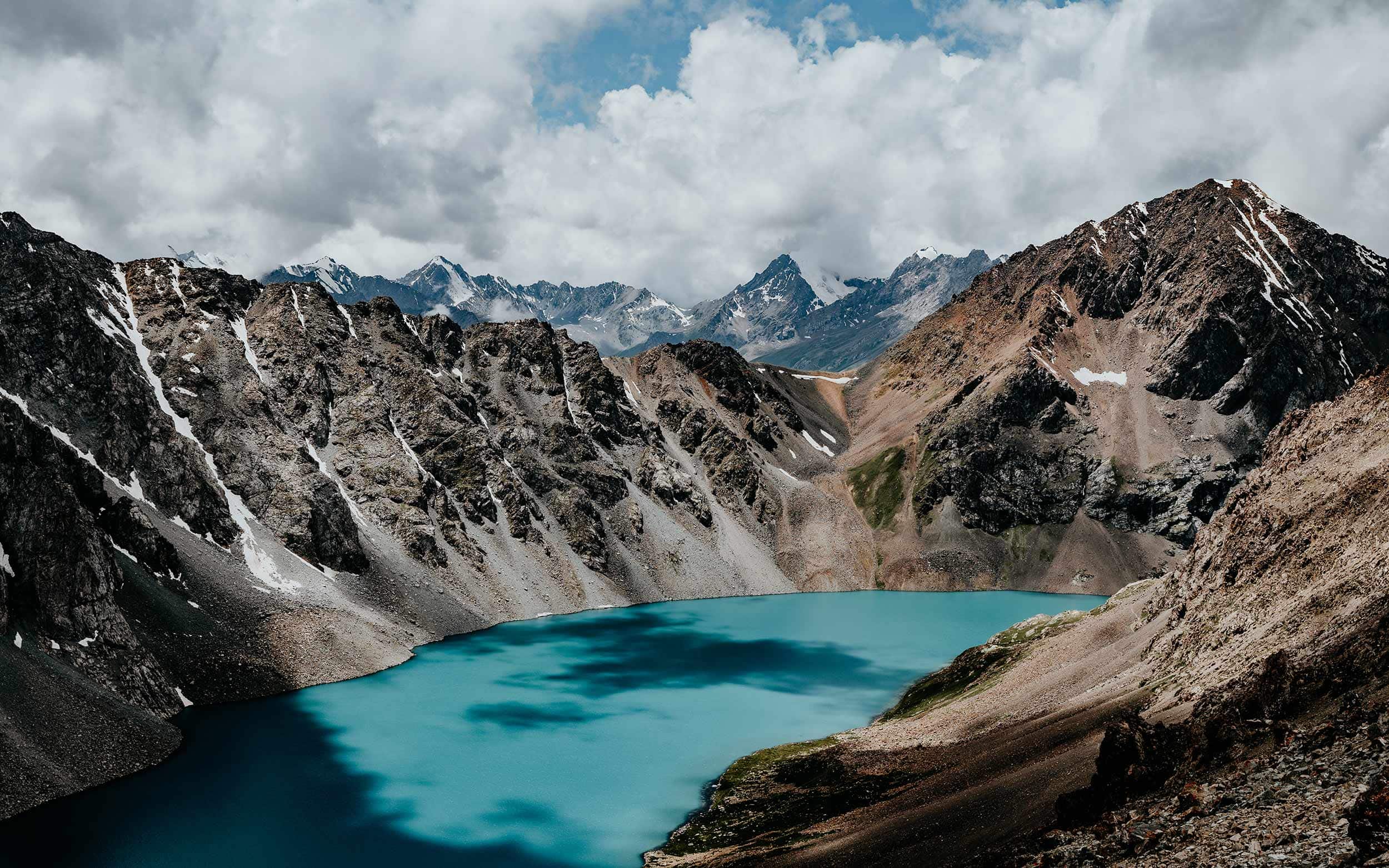
Where to stay near Ala Kul Lake
The accommodation you choose to use as your base for the Ala Kul hike depends largely on how you plan your adventures here.
Given I visited Altyn Arashan and Ala Kul as part of a day trip, I decided to explore it from my base in Karakol, which worked out pretty well for me.
This doesn’t mean that this works for you too, so I listed some alternative options below:
Karakol
Modern Loft Lighthouse | During my time exploring Karakol and its beautiful surroundings, I based myself in Modern Loft Lighthouse, a homey apartment that doubles as a cafe. With comfortable rooms, a large open space living area, and a trendy cafe serving some seriously good coffee and food downstairs, this place was everything I needed for my time in Karakol.
Other options to look into include Karakol Yurt Village, Vavilon and Hotel 78 Cafe.
Altyn Arashan
Another great option is Altyn Arahsan itself, as it makes perfect sense to base yourself here before starting your hike to Ala Kul.
It’s also a great option for those who would like to catch up on some rest or enjoy the hot springs in the surrounding area, before making the trip back to Karakol the next day.
Ala-Kul guesthouse in Altyn-Arashan | Offering stunning views of Altyn Arashan, Ala-Kul guesthouse offers basic accommodation, super serene surroundings and the most delicious food, making it the perfect place to rest up before or after your Ala Kul adventures.
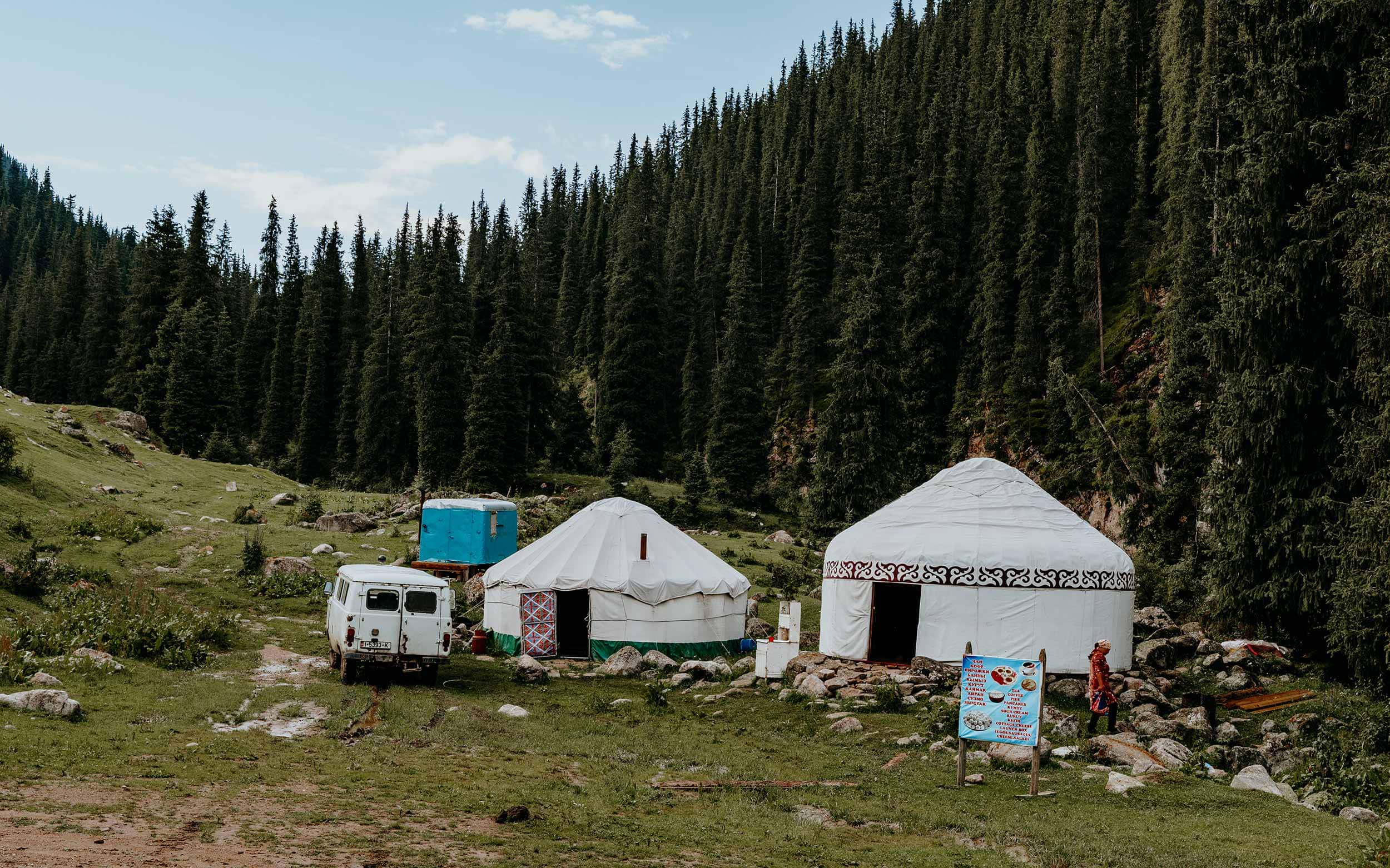
Camp at the Lake
If you’re planning a multiple-day hike, you will most likely spend a night or two in a tent.
Most people who hike the complete trail will set up camp near the Karakol Valley for the first night, and spend the second night at a campsite next to the Ala Kul Lake.
While I didn’t do this myself, camping around the lake sounds like an unforgettable experience, and one I would like to experience myself one day.
Not only will it be a great adventure, but camping will also give you some great benefits, including the opportunity to witness the beauty of the lake during sunset and sunrise – unfortunately, I missed out on this, for which I feel a little sad still.
Those looking to go camping, should know that they need to obtain a tent permit, which adds an extra 100SOM (€1,08) on top of the usual 250SOM (€2,70) National Park entrance fee.
For more insight into the camping grounds, see the map below:
How to get to Ala Kul
Like most places in Kyrgyzstan, Ala Kul is pretty remote, with the lake itself situated at a height of 3.800 metres above sea level.
Though it is super off the beaten path, this doesn’t particularly mean that is impossible to reach.
However, it is wise to do proper research and create a solid plan before you venture into this secluded, yet incredibly scenic wild area of Kyrgyzstan.
To help you decide which option works for you, I’ve created an overview down below:
Hiking the complete Ala Kul Trail
Easily the most popular option, and the one that most people desire to do is a multiple-day trek from Karakol to Ala Kul with camping at the lake, before hiking back down through Altyn Arashan.
While this option is truly majestic, this one isn’t for the faint of heart, and a good level of fitness is an absolute must for anyone considering this option.
You see, a multiple-day trek will not only have you cover a lot of distance (the complete trail is about 55km), but it also has a serious altitude difference throughout, with heaps of steep sections that tend to knock off inexperienced hikers.
If you have the fitness, I would say that this option is the most interesting one, as it will give you the time to take in all the beauty that surrounds you, while also having the benefit of acclimatising to the altitude differences more slowly.
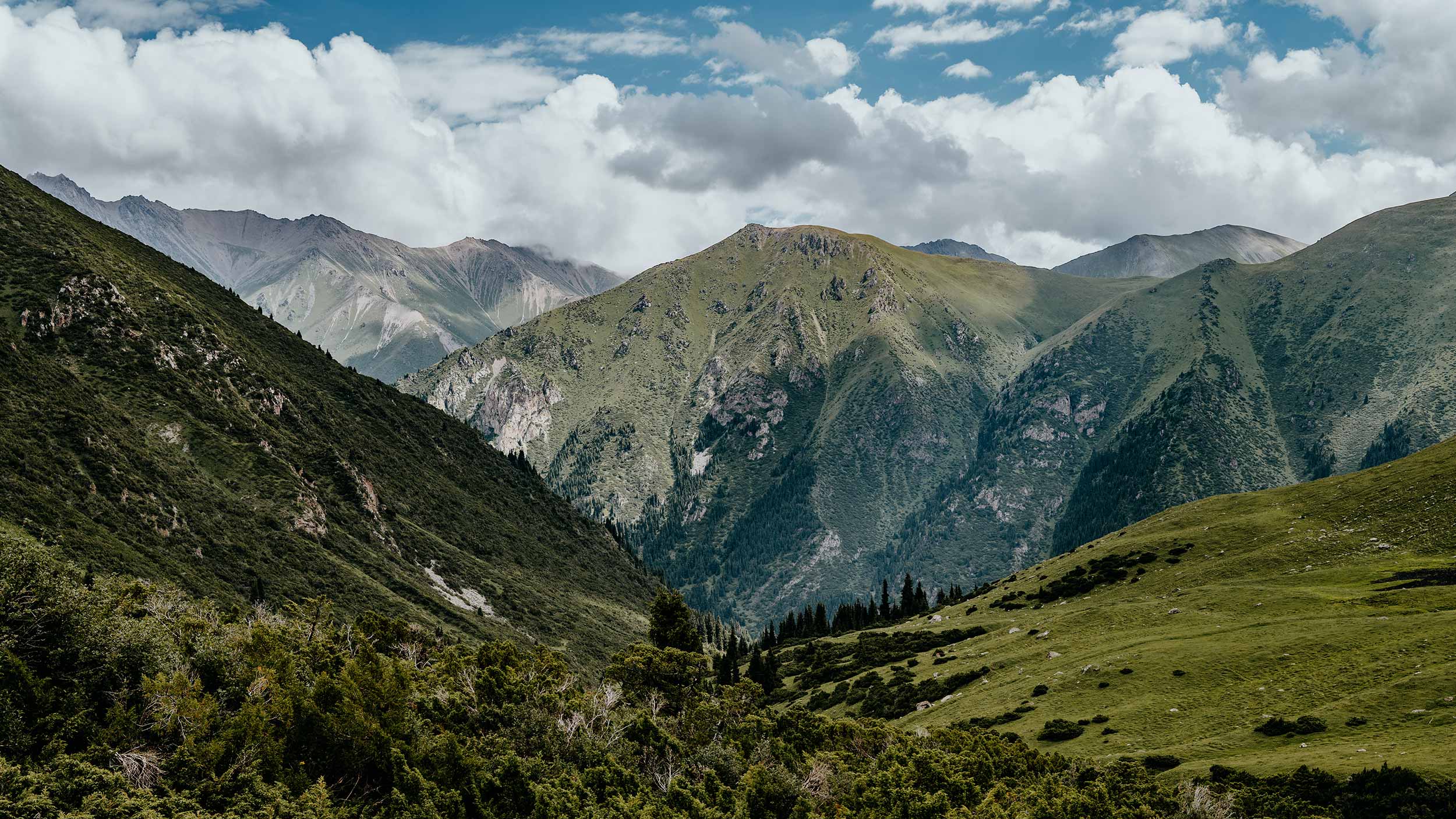
Join a guided tour
Given I was limited on time due to an unfortunate series of events, yet not desired to miss the opportunity to visit this otherworldy lake, I decided to opt for an organized day trip with TST.KG.
For those limited on time, in doubt if they have what it takes to do the trek, or just want to experience a unique adventure of a lifetime, I’d highly recommend taking a look into this one-day tour of Altyn Arashan & Ala Kul Lake.
Despite being a little exhausting, this tour is absolutely amazing, as it reflects the essence of a trip to Kyrgyzstan perfectly – which I will elaborate on more thoroughly throughout this guide.
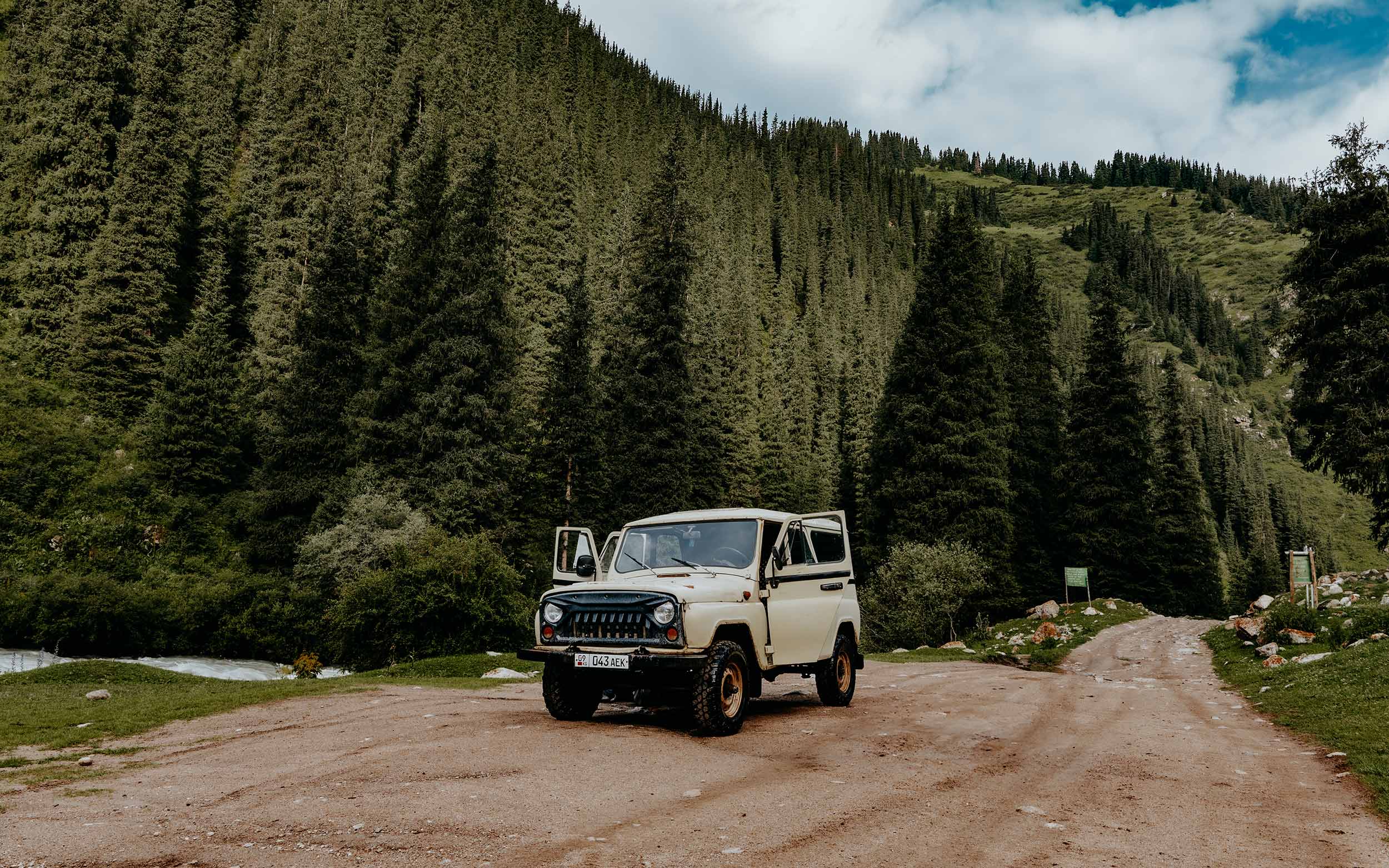
My experience at Altyn Arashan and Ala Kul
A scenic but bumpy 2-hour drive from Karakol to Altyn Arashan
My trip started early at the Modern Loft Lighthouse in Karakol, where an authentic Soviet-style jeep picked me up for the jorney in the direction of Altyn Arashan.
I remember saying the following; the road is actually quite okay, I don’t understand why there are so many horror stories going around on the internet. Just 5 minutes later, I realised those stories were there for a darn good reason.
It is an understatement, to say that the road to Altyn Arashan is just bumpy – it was bumpy as hell, and some parts were even a true challenge for my driver, who from what I could tell looked sturdy and experienced.
While the ride was a rough one, it was also extremely scenic, as the dusty road we drove on is flanked by towering pine trees and takes you along the picturesque Arashan River, as well as through several lush valleys all set with authentic yurt camps.
Though the distance from Karakol to Altyn Arashan was only about 29 kilometres, it still took us roughly 2 hours driving before we arrived in the valley.
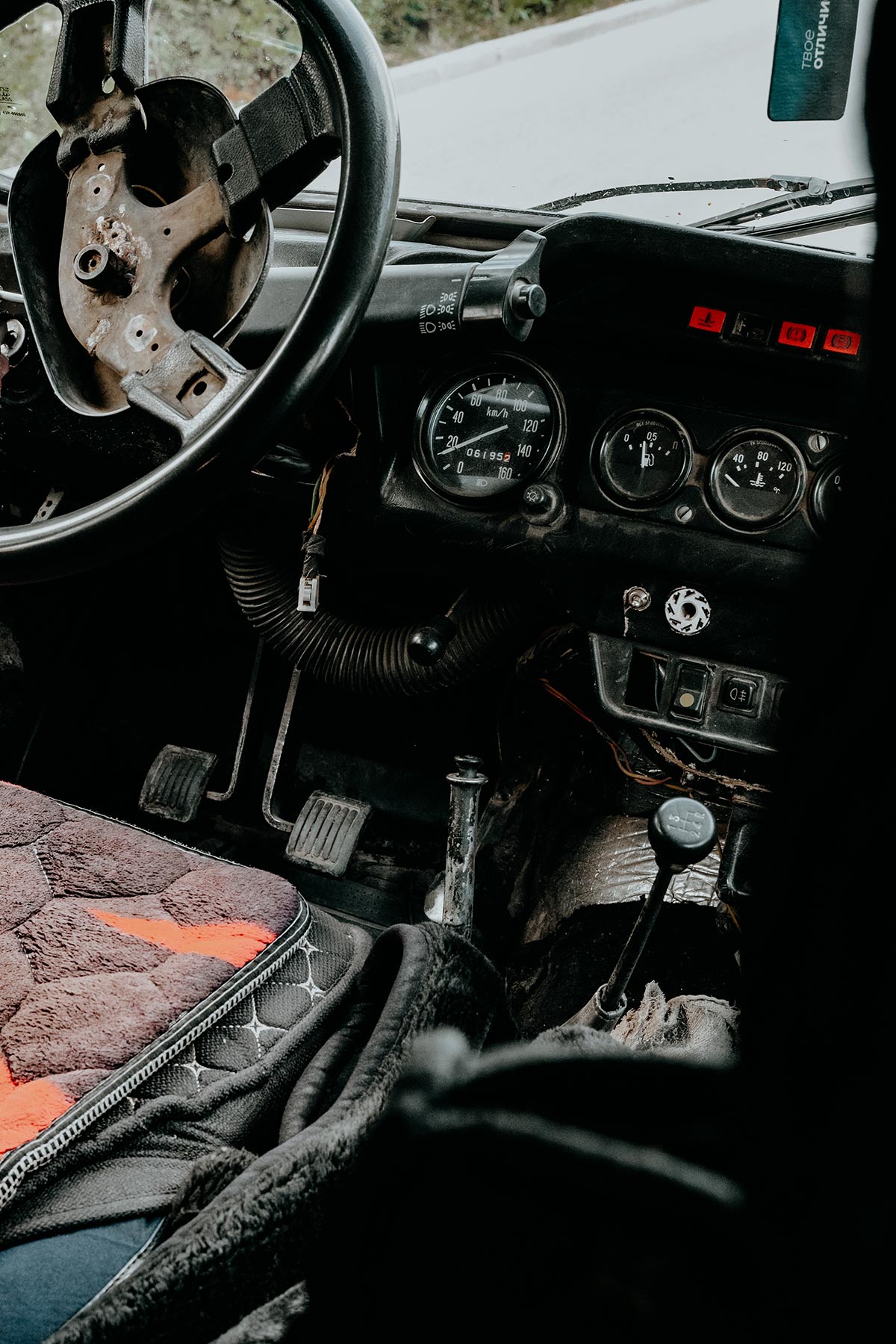
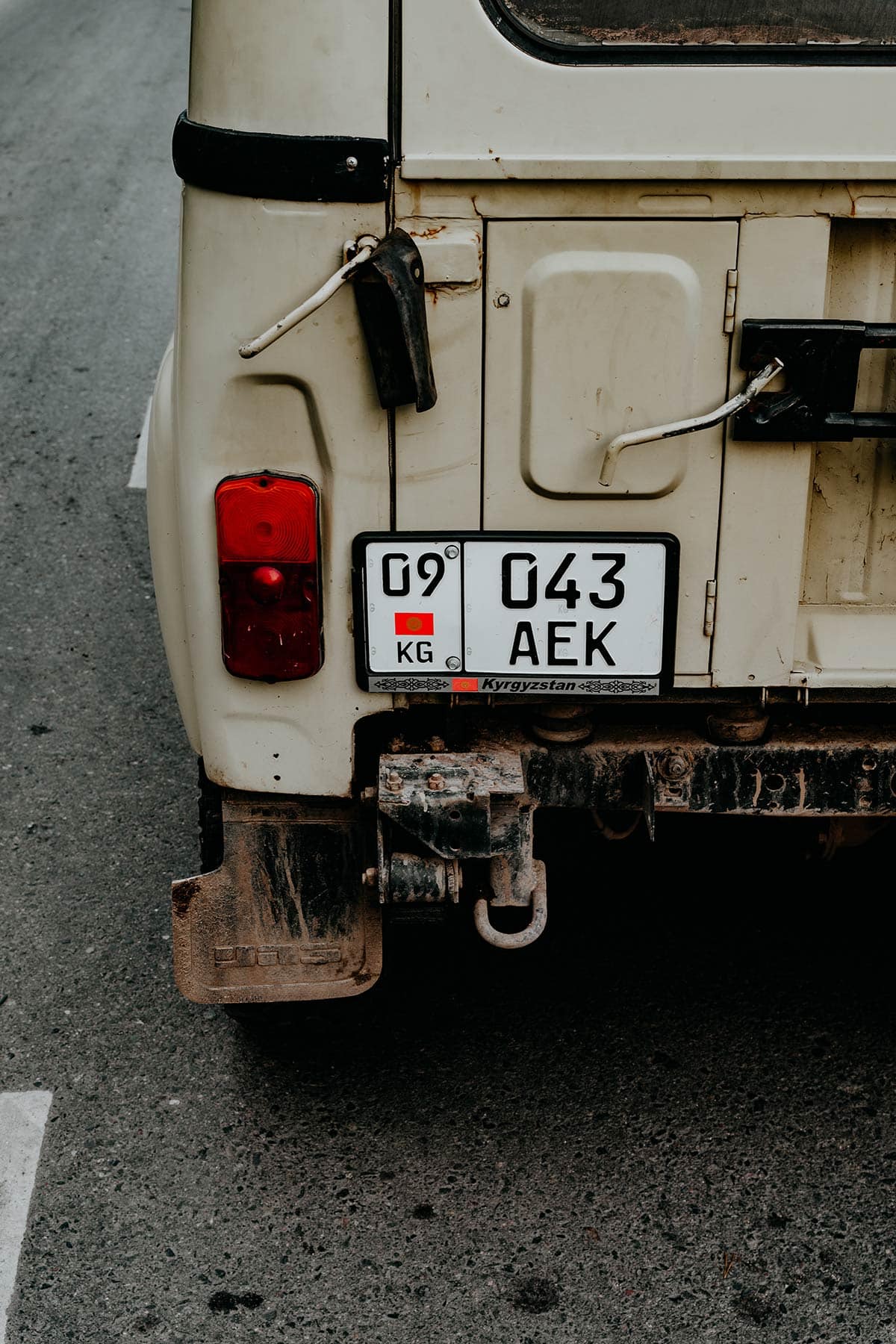
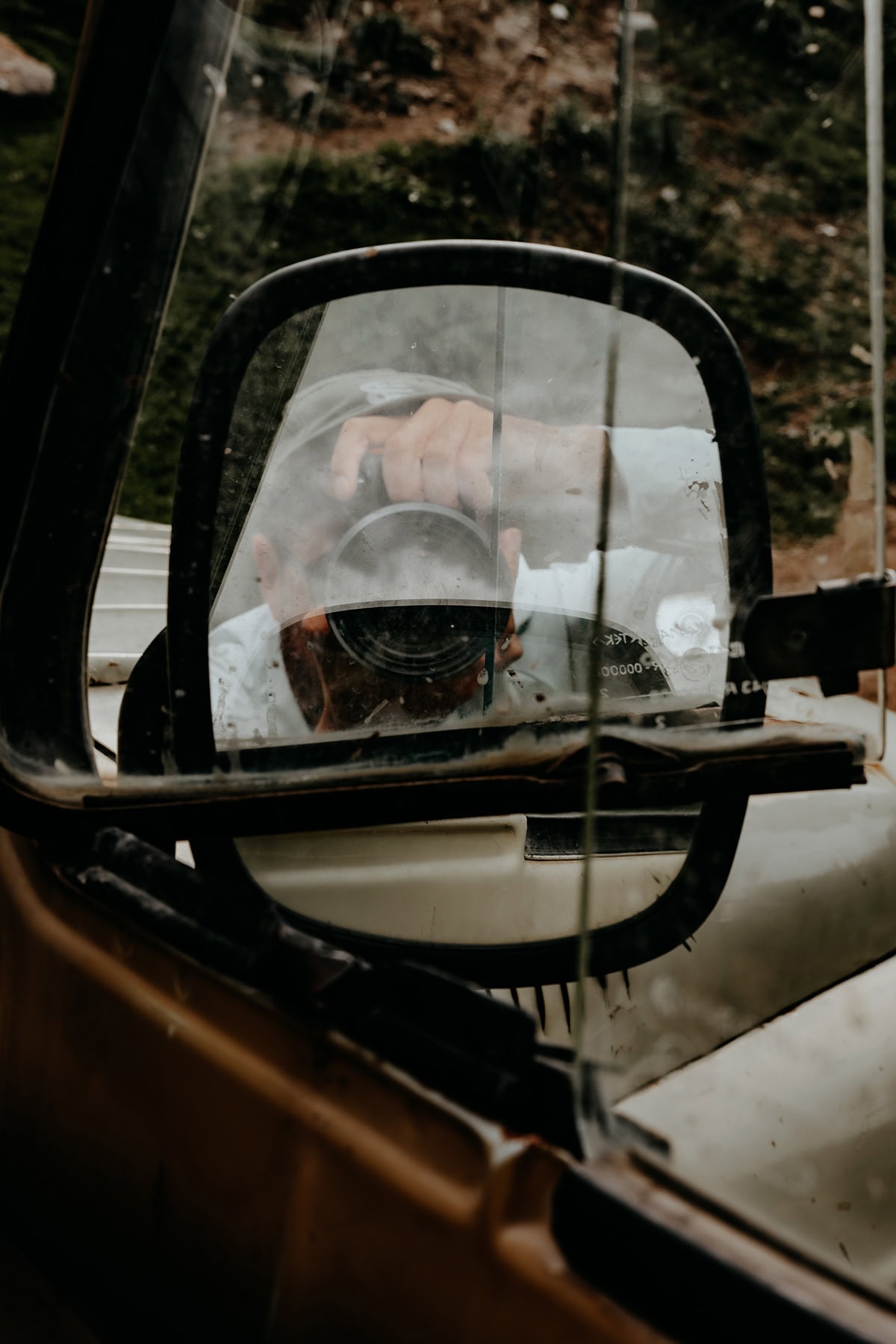
Horseback riding through Altyn Arashan
Once I arrived at Altyn Arashan, the excitement kicked in, as I was about to go horseback riding for the first time, ever, with the knowledge that with every step, I would come a little closer to my objective of the day; beholding the enchanting Ala Kul Lake from the summit of the eponymous mountain pass.
But before I get ahead of things, let me state this: to me, the journey to Ala Kul is equally as memorable as the lake itself.
Lush Alpine valleys unfolding in front of me, towering mountain peaks luring in the distance, the fresh air flowing through my hair, and only me and a handful of others there to enjoy it, are merely a few things that turned this journey into a humbling off-the-beaten-path experience.
For someone who had never done horseback riding before, this adventure felt truly magical, and I honestly couldn’t think of a better place to get on the saddle for the first time – it was unquestionably one of the absolute highlights of my Kyrgyzstan trip.
After nearly 3 hours of making my way through the utterly fascinating landscapes on the horse and the necessary aches in both my butt and lower back, I arrived at the Keldike Yurt Camp.
From there, I began the final ascend to the Ala Kul Pass.
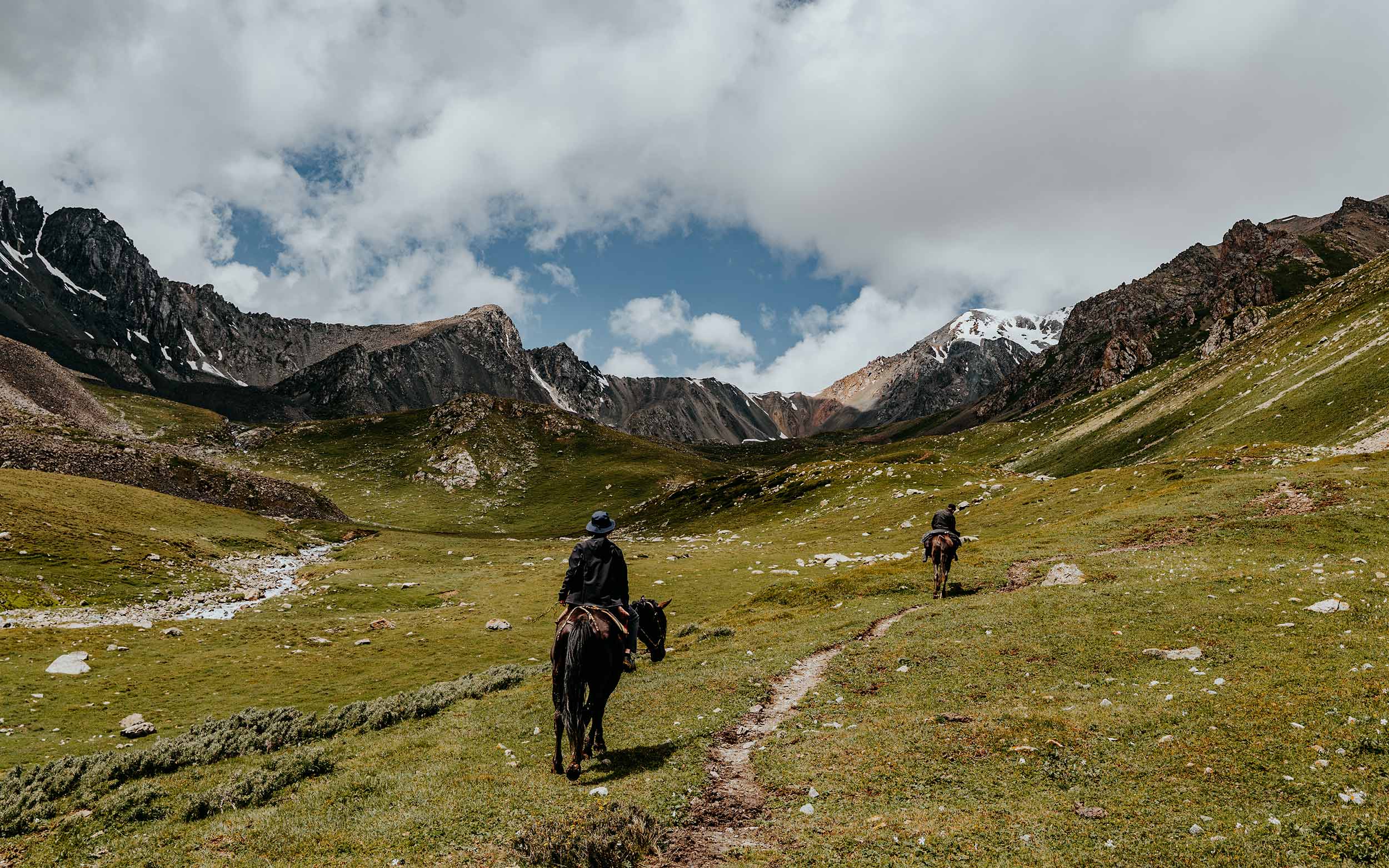
Conquering the Ala Kul Pass
For the final part of the trek to Ala Kul Lake, I had to conquer a short, yet extremely steep pass that was only accessible by foot, meaning it was finally time to put in some work myself.
While I’ve done my fair share of hiking in the past, I’m pretty convinced that this part of the Ala Kul trek is up there with the steepest climbs I’ve ever done.
It is also one of the most rewarding ones.
As soon as I overcame the sketchy gravel path up, which took me about 45 minutes, the panoramic views that welcomed me got me bursting with joy, which made me forget the rigid climb almost instantly.
I also wanted to share one more thing; I talked with a lot of people who were hiking this trail from start to finish and I have mad respect for anyone going for the full experience here, and I will make some time to do so too on my next trip – you guys are legends.
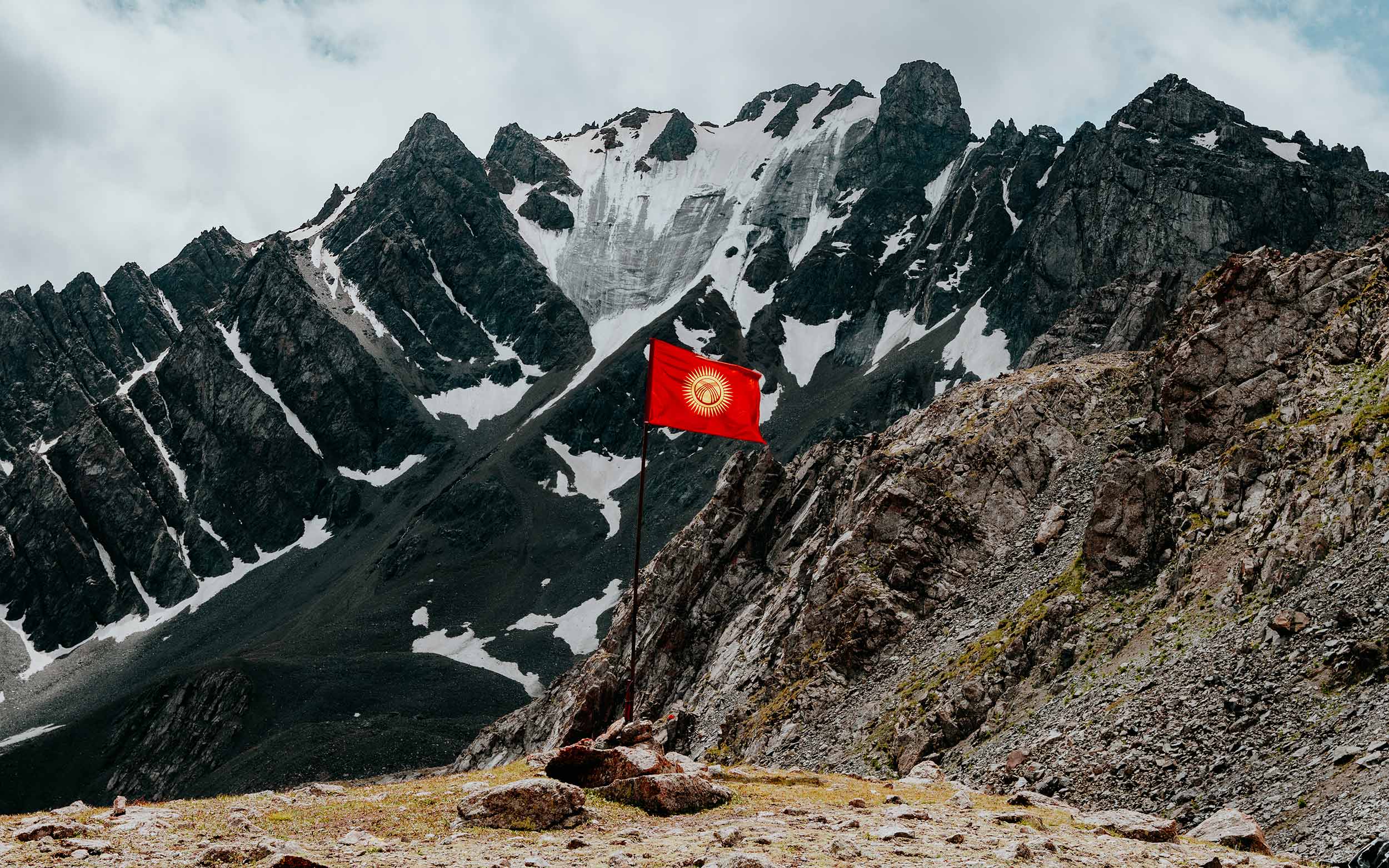
Ala Kul Pass Viewpoint
Then, the moment was finally there, after a 6-hour journey, I made it to the stunning Ala Kul Pass Viewpoint, and it was nothing short of what I expected – it was completely insane!
Situated at a whopping height of 3.800 metres above sea level, the panoramic views acquired from the Ala Kul Pass Viewpoint are easily among the absolute best in the whole of Kyrgyzstan.
It’s truly mindblowing to see the blue waters of the lake for the first time, while multiple peaks of the Terskey Alatau mountain range, including Peak Karakol (5281m), Djigit (5170m), and Oguz-Bashi Peak (5.168m), dominate the horizon from all angles possible.
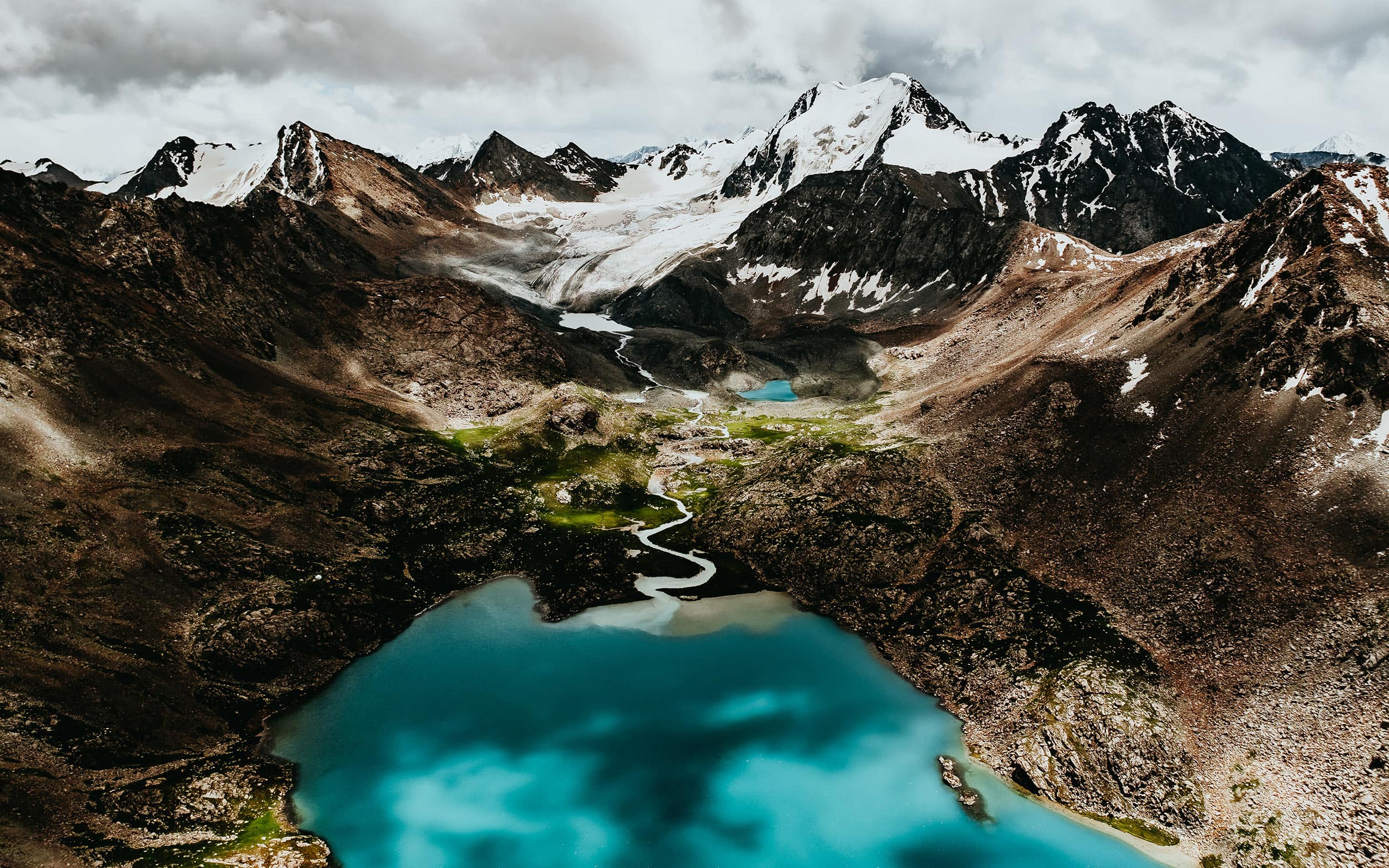
Going down into the Altyn Arashan Valley
First things first, if you think going up was the most difficult part, you will be hard-pressed to find out that the way down is actually the toughest part.
For most people, getting down from the Ala Kul Pass at the Altyn Arashan side will be quite a challenge, as the path is pretty steep and full of loose gravel, which for me, made it a little sketchy as well as mentally challenging at times.
While handling the loose gravel was somewhat problematic, it did become easier and manageable when I started to get the hang of it.
In these situations, it is really important to trust your intuition and take it slower than usual.
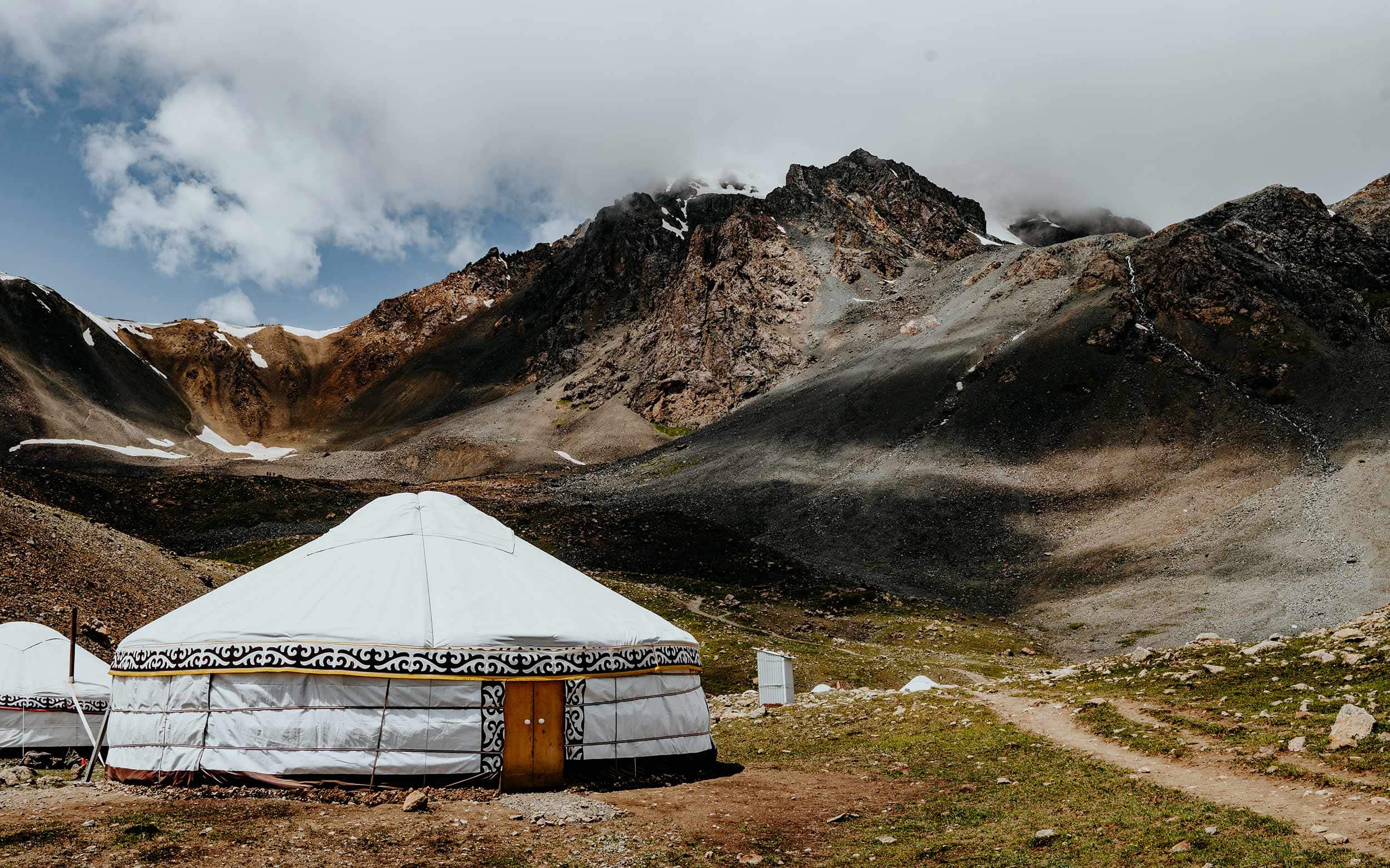
Things to know before visiting Ala Kul
You should have a decent fitness Level
First things first, since the hike to Ala Kul, involves quite a few steep ascents and descents, a moderate to high fitness level is required to make your journey here a success.
While most will handle the walk through Altyn Arashan and the Karakol Valley easily, the final climb along the Ala Kul Pass will seriously put your fitness and agility level to the test.
If you’re worried that you’re fitness level is lacking, rest assured, I managed to finish the climb up in about 45 minutes, and wouldn’t consider myself to be super fit.
As a reference: I go to the gym 3 times a week and walk around 12k steps a day.
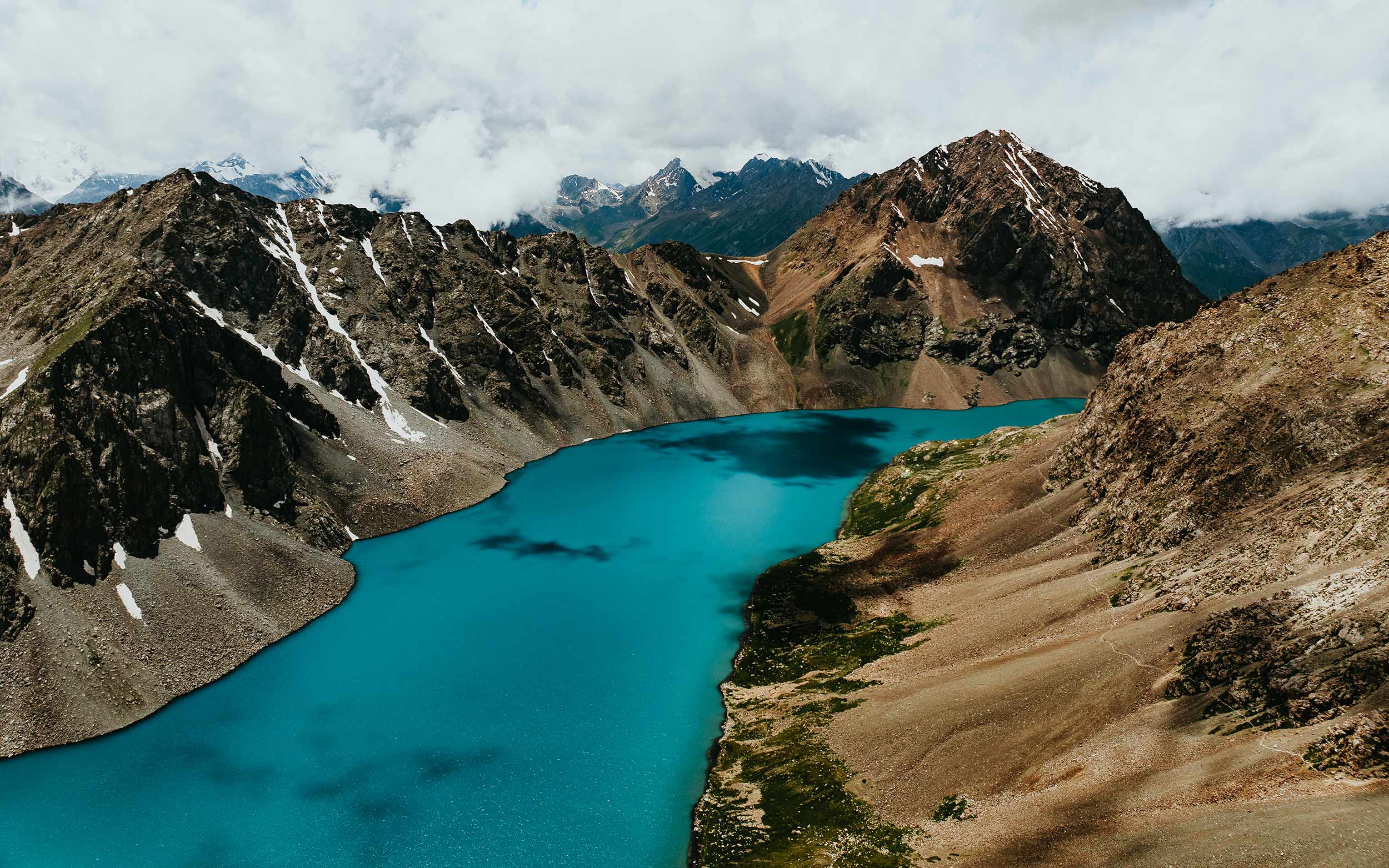
Altitude sickness is a real thing
Shortness of breath, headache, fatigue, dizziness, nausea and loss of appetite are all signs that your body has trouble adjusting to the altitude and the change in how much oxygen it absorbs with each breath.
Altitude sickness is a serious thing and could occur when passing the 2.500m mark.
As a result of thinner air found at those higher altitudes, oxygen levels decrease, which can result in the above symptoms – you can basically see it as your body’s warning mechanism.
It particularly happens to those who aren’t acclimated to breathing at higher altitudes, and for that, I believe it’s best to plan your hike to Ala Kul after spending at least a day in Karakol (1700m) itself.
With Ala Kul Lake sitting around 3.500m, and Ala Kul Pass even higher at 3.800, it is highly recommended to stretch your adventures over a few days, so you reduce the risk of getting altitude sickness, requiring to stop before making it to the end, or feel crappy days after.
I personally made the journey from Karakol to Ala Kul in one day, and didn’t had any issues with the height differences – but I did spend 3 days in Karakol, while also having experience with higher altitudes in general.
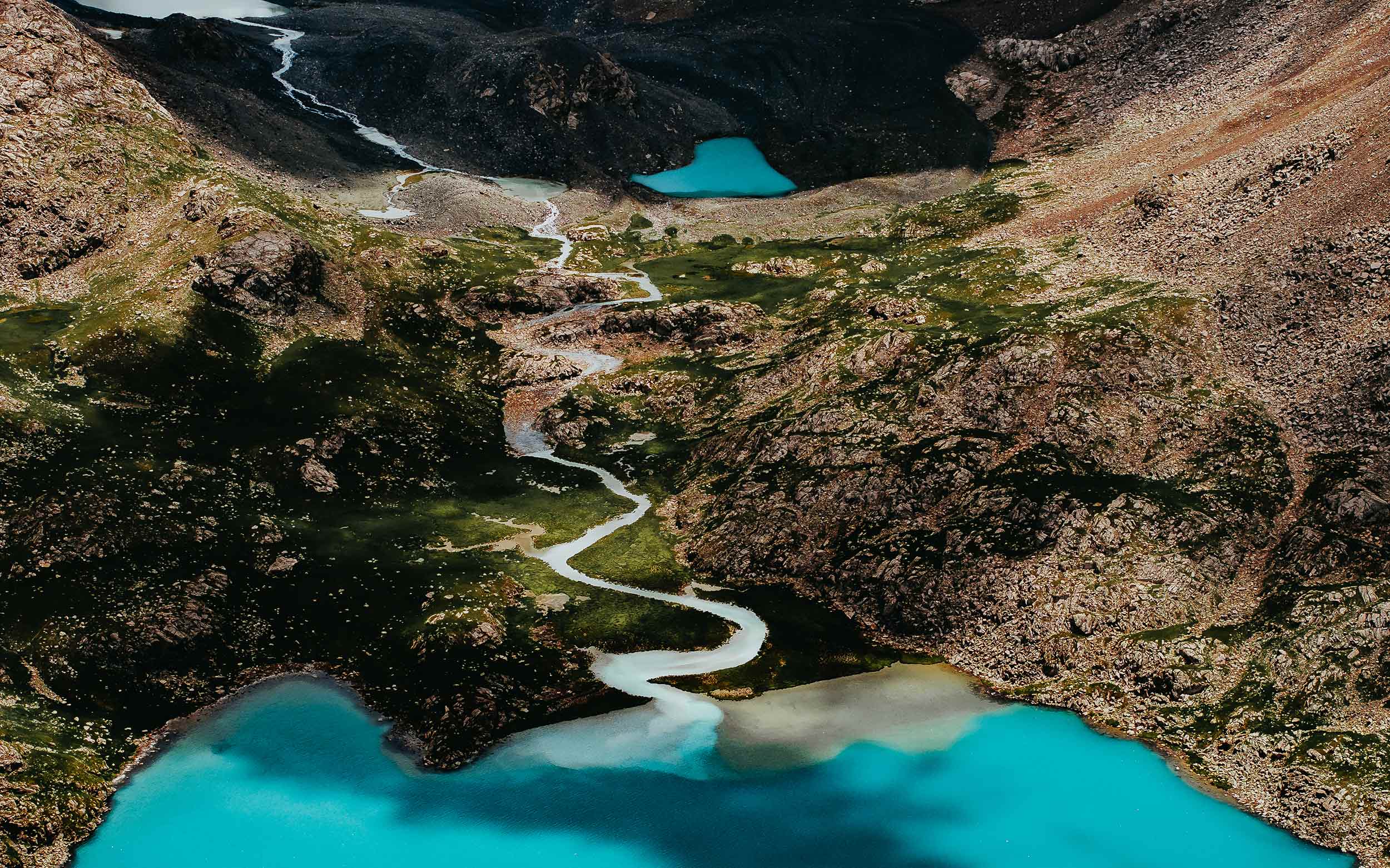
The path down is a little sketchy
While most of the trail will be a walk in the park for most, there’s a few bits that require a more careful approach, especially the path down on the Altyn Arashan side.
With loose gravel and a pretty steep descend, most individuals will experience some mental resistance to go down, including myself.
While I did find it a tad challenging at times, it did become a lot easier when I got the hang of it by approaching it in a slower and more thoughtful manner.
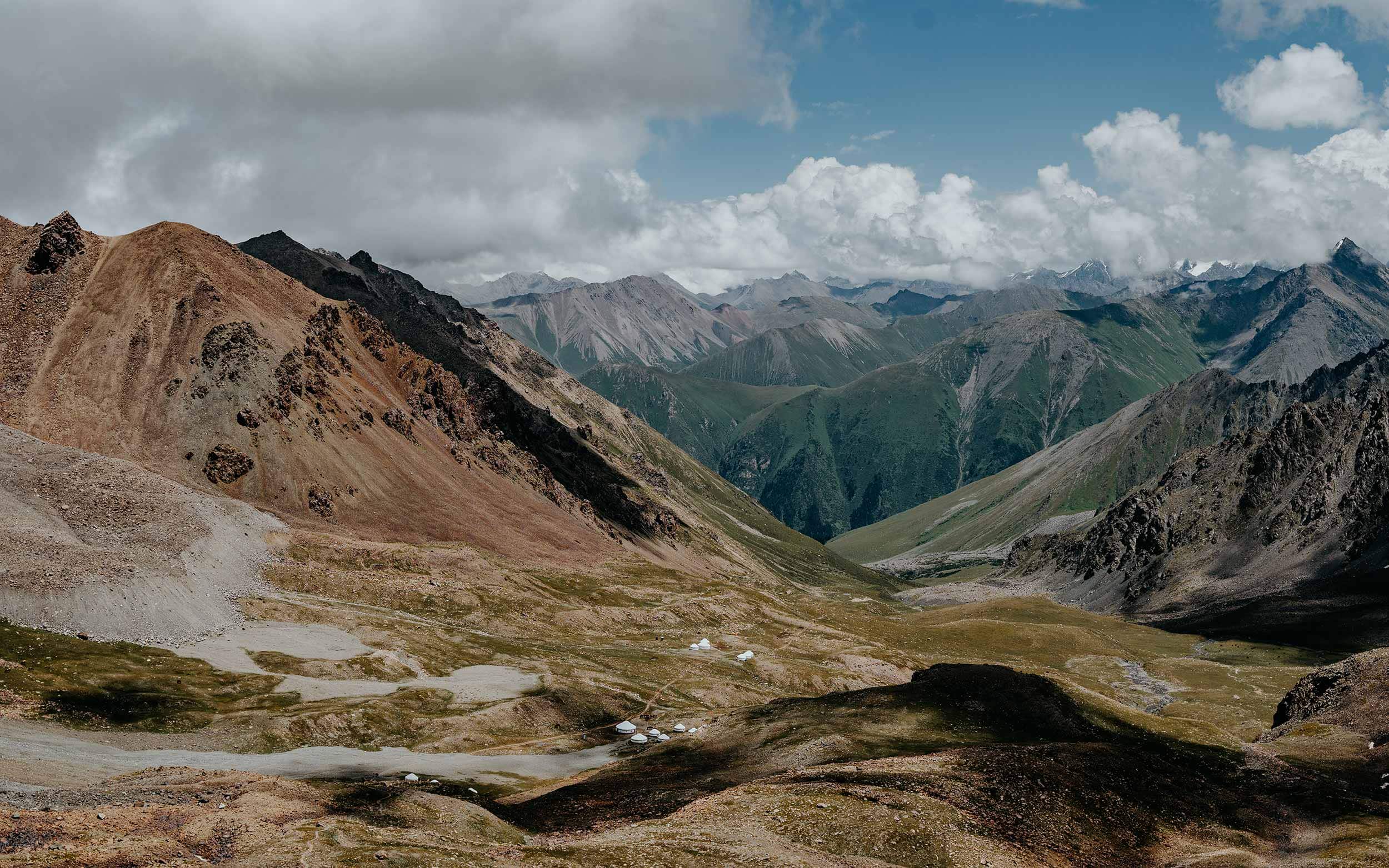
The weather is unpredictable
This one goes hand in hand with the above, as the loose gravel found at the Ala Kul Pass could make for a dangerous situation when rainfall occurs.
While the weather is mostly good during the peak summer months, the weather in the mountains is surprisingly unpredictable, with rain showers occasionally emerging.
If you’re planning a multiple-day trek, I would advise you to educate yourself in advance and bring the necessary equipment to address these changing weather conditions.
Also, if you remain at the lake with some unfavourable conditions, give it some time. Things at this altitude often clear up in the blink of an eye.
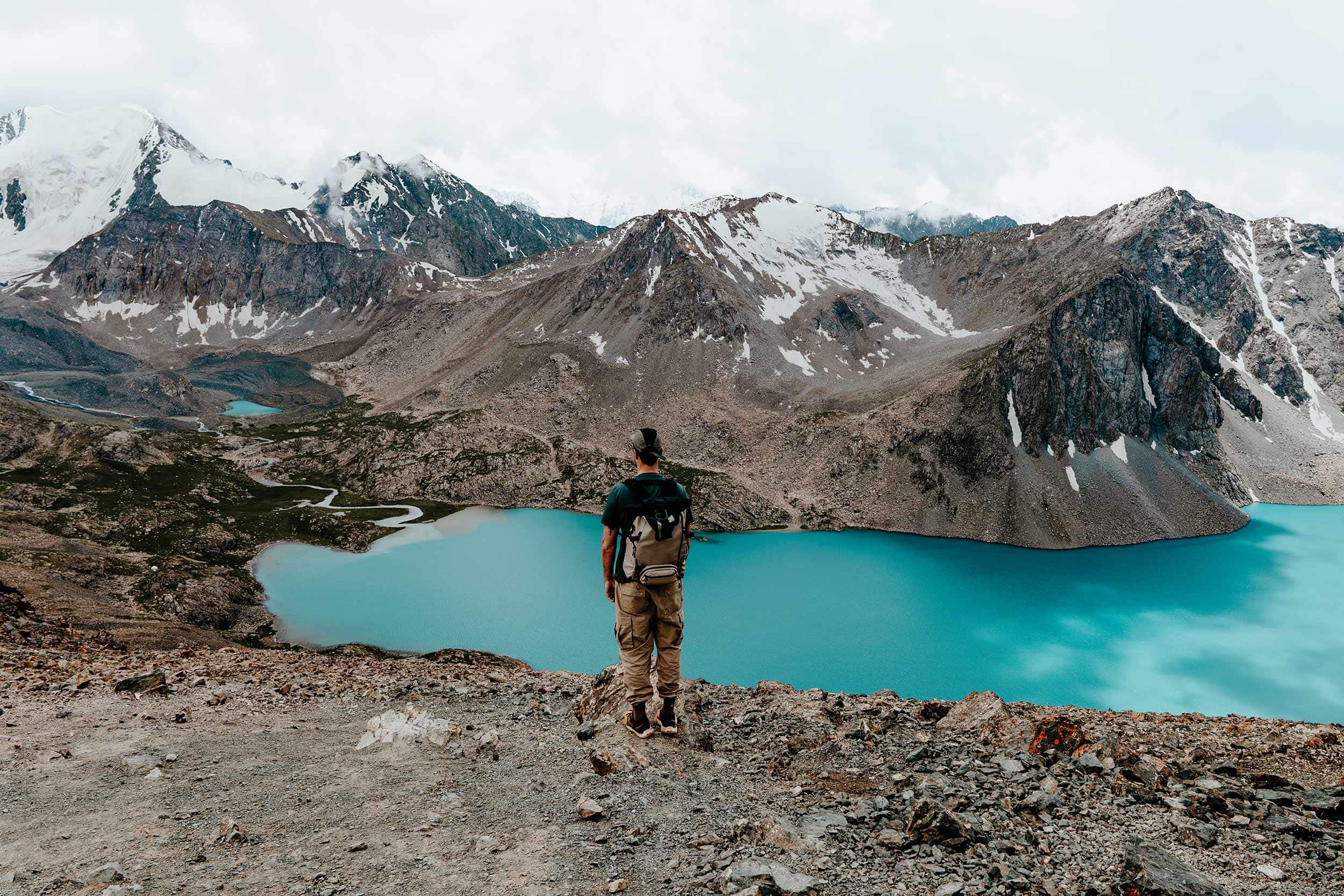
The best time to do the Ala Kul trek
As with most off-the-beaten-path adventures in Kyrgyzstan, the Ala Kul Lake is best visited during the summer months of June to September, when the weather is comfortable, relatively stable, and the trails clear of snowfall.
During this period, Altyn Arashan and the Karakol Valley are in full bloom, so you will be among lush greenery at just about every step in the direction of Ala Kul, making it an exceptional journey.
Even though the weather will most likely be as mentioned above, the weather in the mountains will always remain unpredictable, even during the warmer summer months.
While I had a super clear day when I visited Ala Kul, the day before had some serious rainfall and thunder, so if you’re planning a multiple-day trek, educate yourself well in advance and bring the necessary equipment to address these changing weather conditions.
Outside of the peak summer months, there’s a fairly high chance that the trail is covered in snow, while the temperatures are also too cold for camping, and some sections of the hike too dangerous to attempt.

What to pack for the Ala Kul Lake trek
Cash | First things first, anytime you plan to visit a place outside of the bigger cities of Bishkek and Karakol, it is wise to carry enough cash to pay for transportation or accommodation when needed. With no internet reception throughout most of the Ala Kul hike, cash is also king here, so I’d advise bringing at least 8.000 SOM (€95,-) just to be sure.
Water Purifier | One travel essential that I carry with me at all times is the Grayl Geopress. This reusable water purification bottle allows me to fill up water from nearly every water source, making it super convenient and one of my absolute best investments to date.
An extra layer | We all know the saying; there’s nothing as unpredictable as the weather, and this is also often the case when you go hiking in Kyrgyzstan. For that reason, I believe bringing an extra layer is the way to go. I recently got the new Cortazu AR Active Softshell Jacket, which was a welcoming layer in areas where the wind became more present.
Hiking boots or a sturdy pair of trail runners | While hiking boots naturally provide more stability to the ankles, a good pair of trail runners with Vibram soles will also get the job done these days. For the last 3 years, I have been using the New Balance Hierro v7, a trail runner that offers all the features of a hiking boot, while still providing the looks of a trendy sneaker.
Lunch box and snacks | Since you’re going to a seriously remote place, there will be a finite amount of food and drink options here. For that reason, I advise bringing sufficient amounts of food and snacks to stay fueled during the hike, including fruits, nuts and a few protein bars, which are generally lightweight and very rich in nutrients.
Sun protection | Given the hike to Ala Kul doesn’t provide any shelter from the sun, I believe it’s essential to take the necessary sun protection, including sunscreen, a hat, sunglasses, and even a breathable long-sleeve shirt. Even if the sun hides behind the clouds most of the time, it is still very much possible to get sunburned.
Camera | Since Ala Kul is one of the most stunning places you’ll visit in Kyrgyzstan, I’d highly suggest you bring out the camera, so you can capture loads of photos while there. If you’re curious to learn about my photography gear, make sure you give my What’s in my Camera Bag guide a read too.


Travel insurance | Stay safe in Kyrgyzstan
Since most of your trip in Kyrgyzstan will be related to hiking and the great outdoors, I’d advise anyone travelling here to sort out reliable travel insurance before setting out on their adventures.
Though we always hope that everything runs smoothly during our travels, something unfortunate can always come into play, whether it’s a hiking injury, a stolen camera or an accident on the road.
When it comes to travel insurance, I always use Heymondo, as they offer excellent medical, baggage and Electronic equipment coverage as well as a handy app with 24-hour medical assistance. Make sure you take a look here – readers of WTSW receive 5% off any insurance policy.
Cheers!
I’ve been on this travel blogging journey since 2019.
If you appreciate what I do here, these are some ways you can support me.



